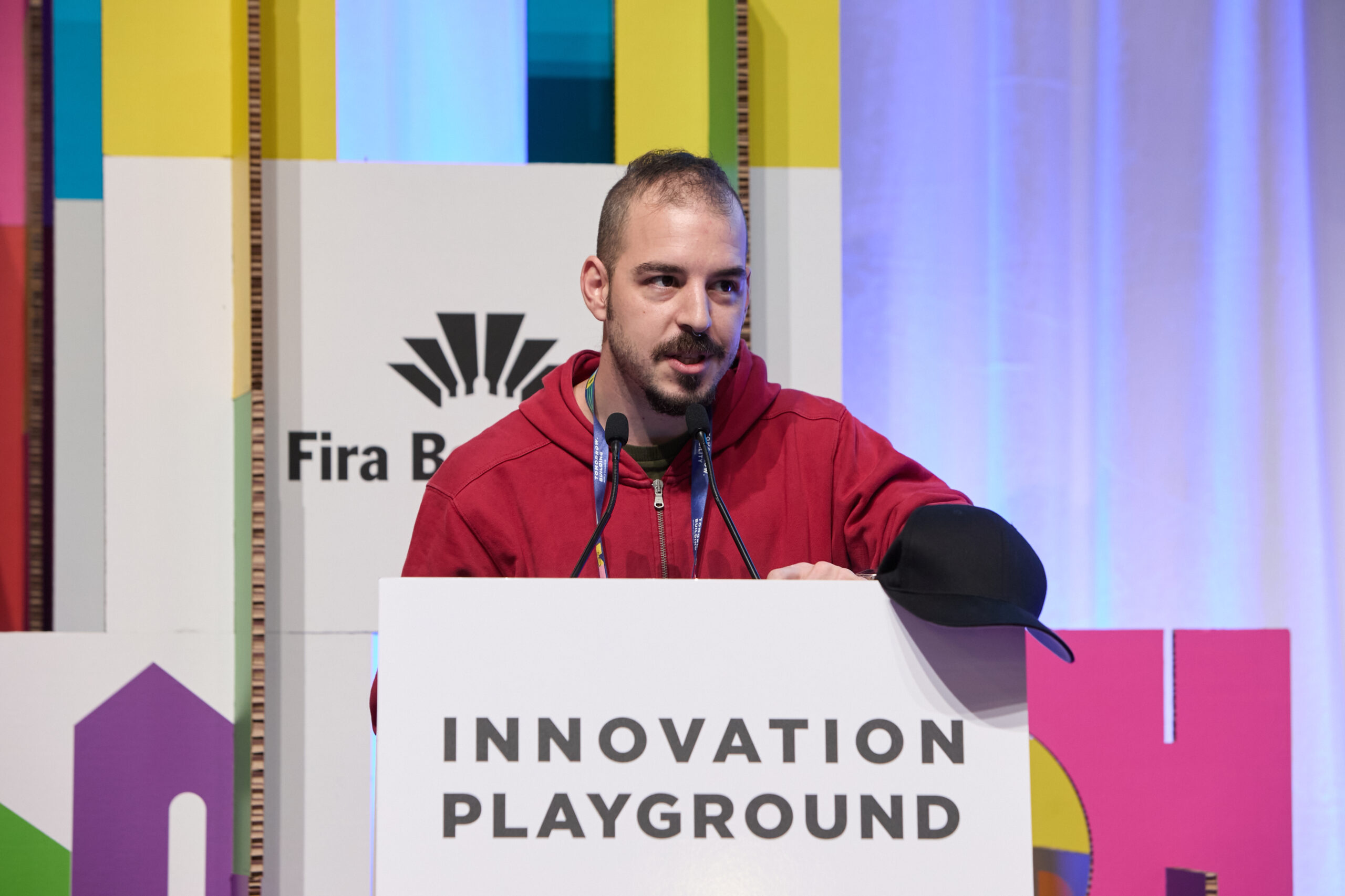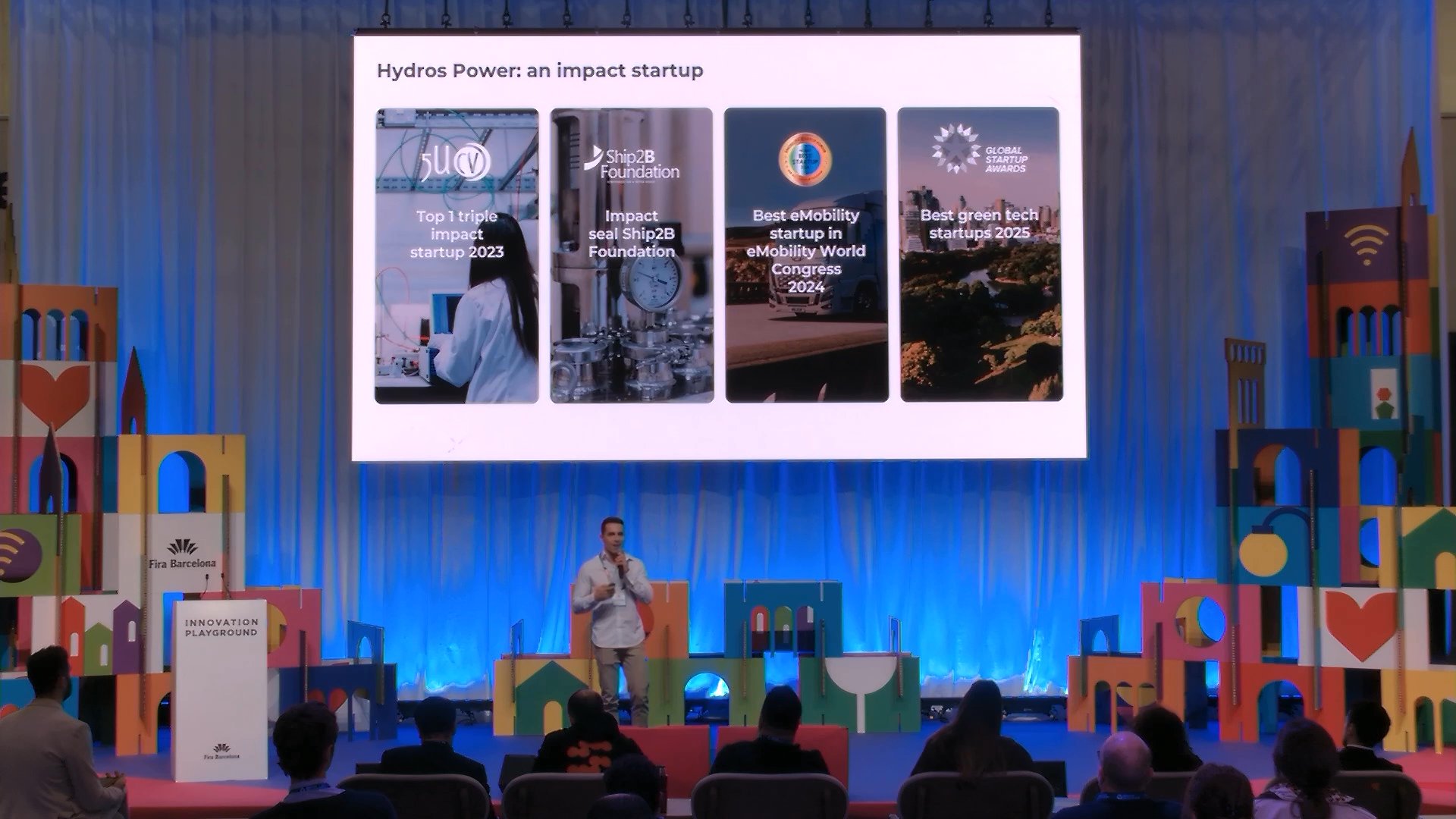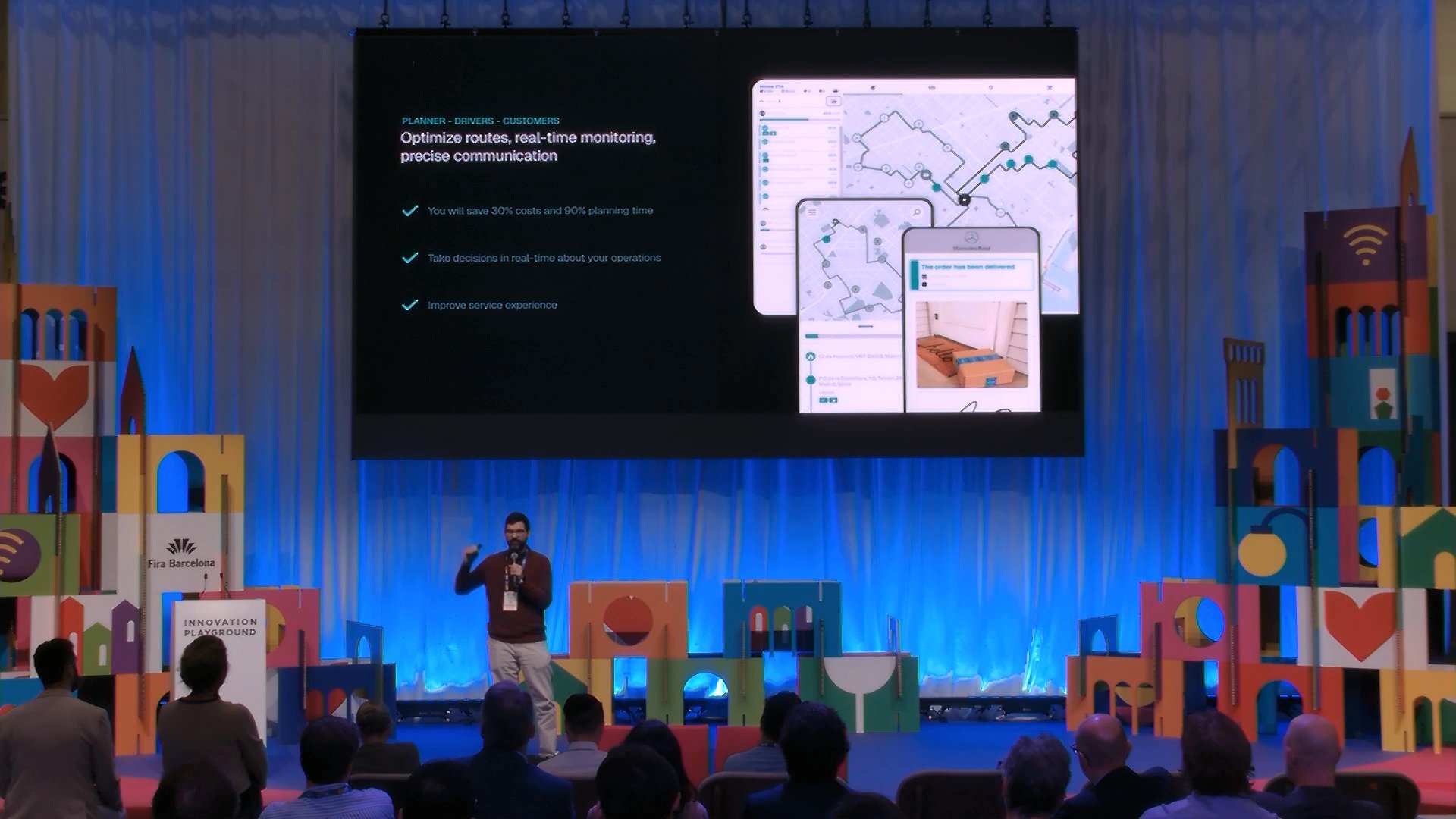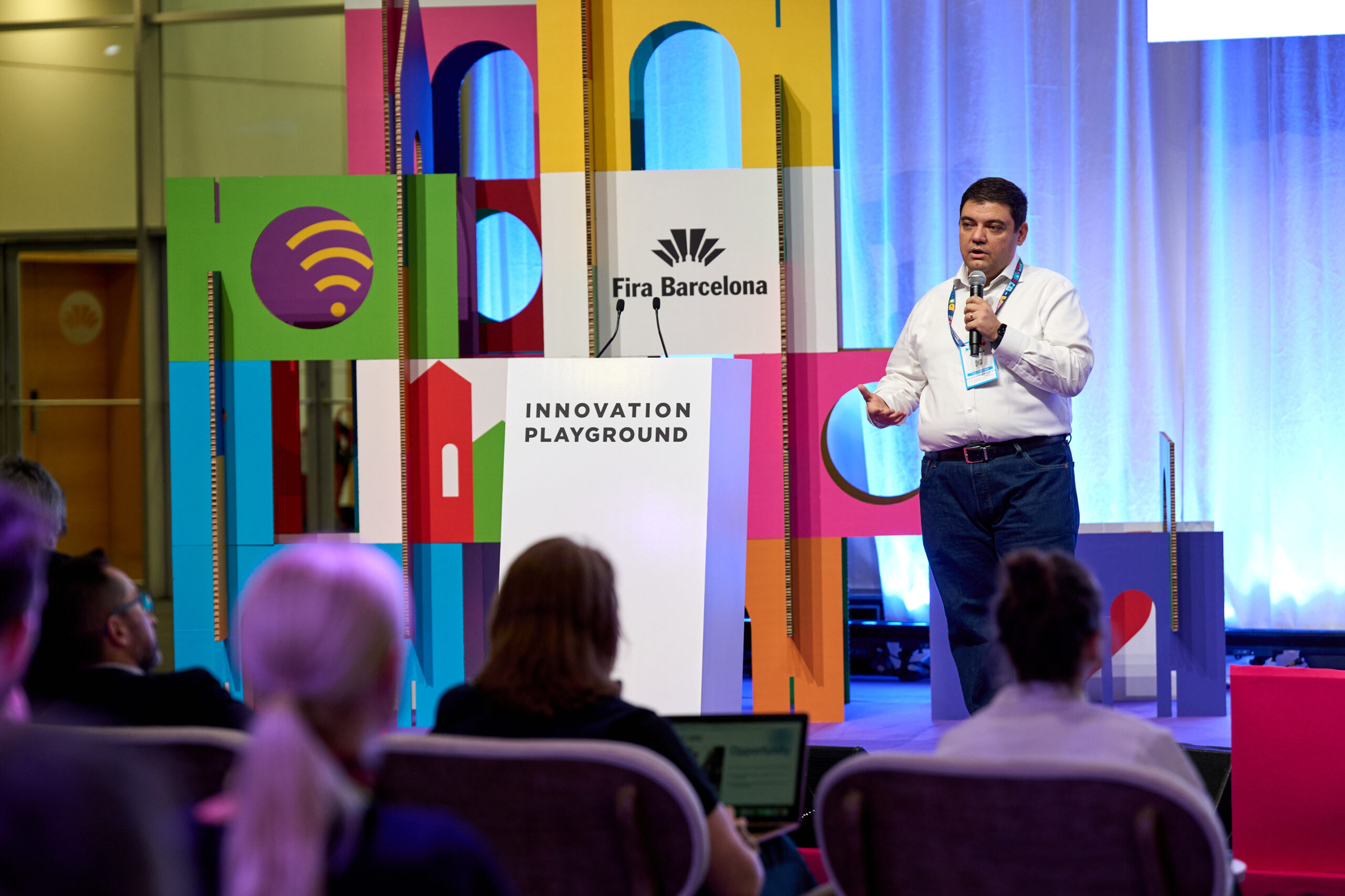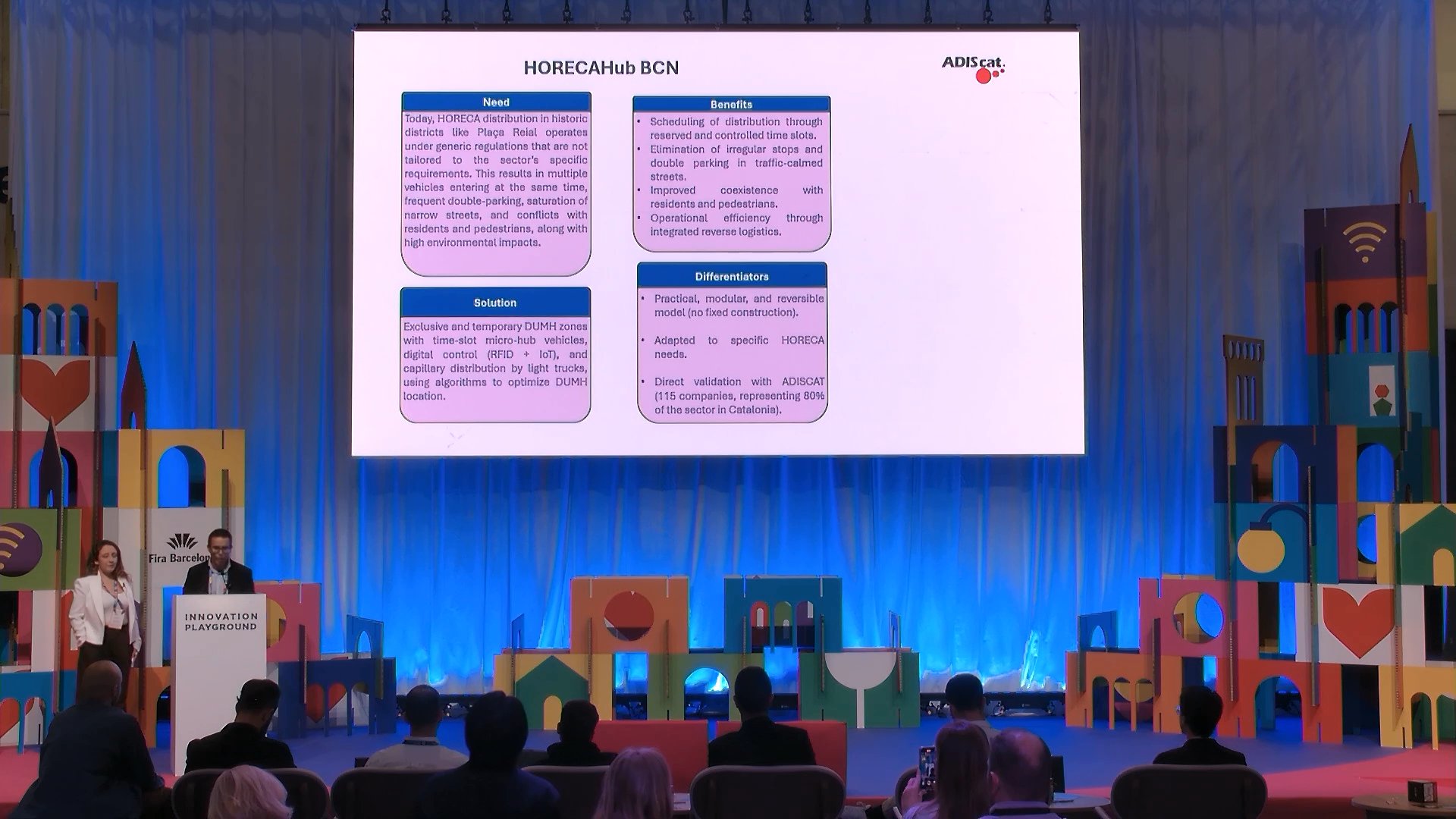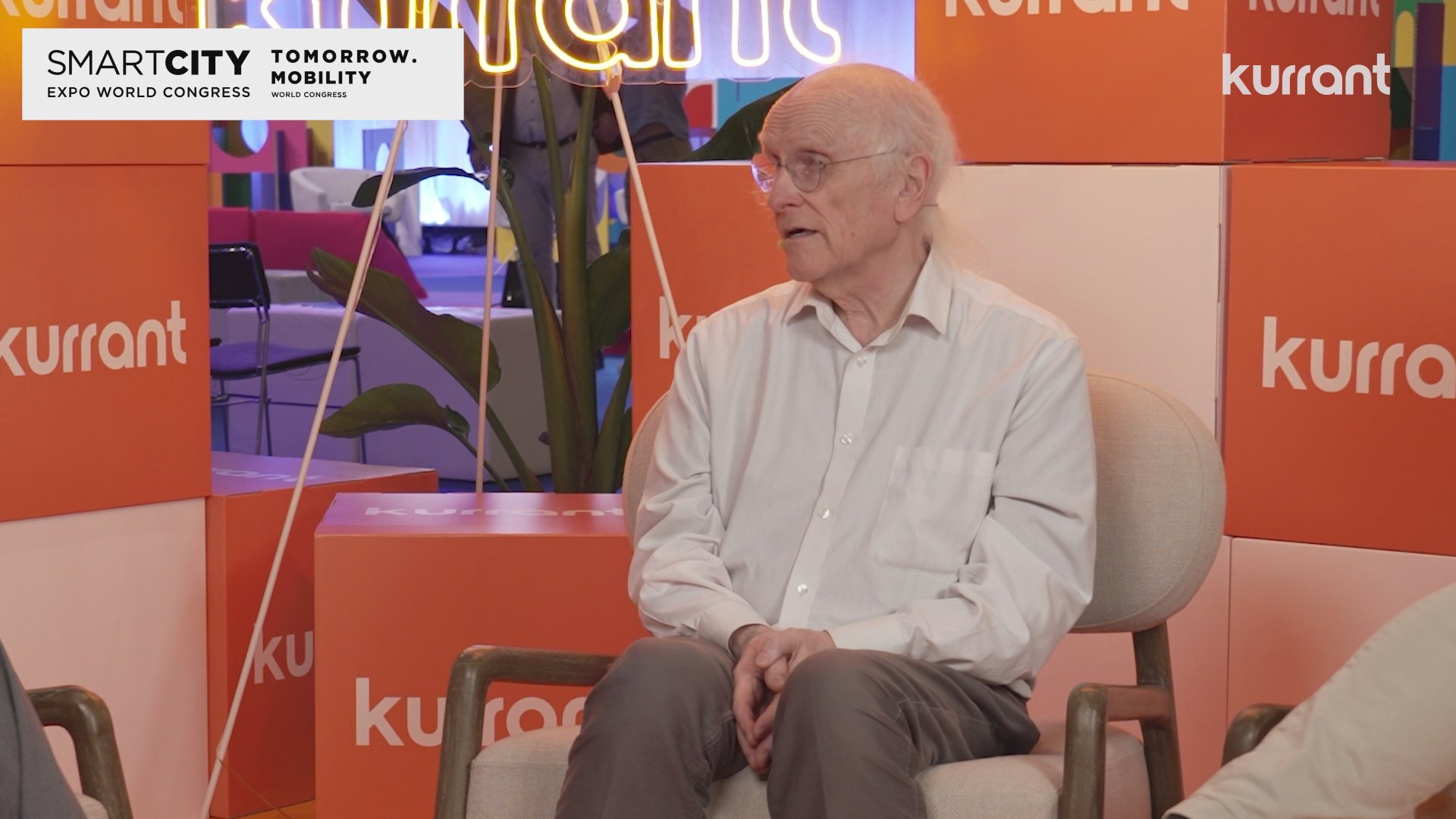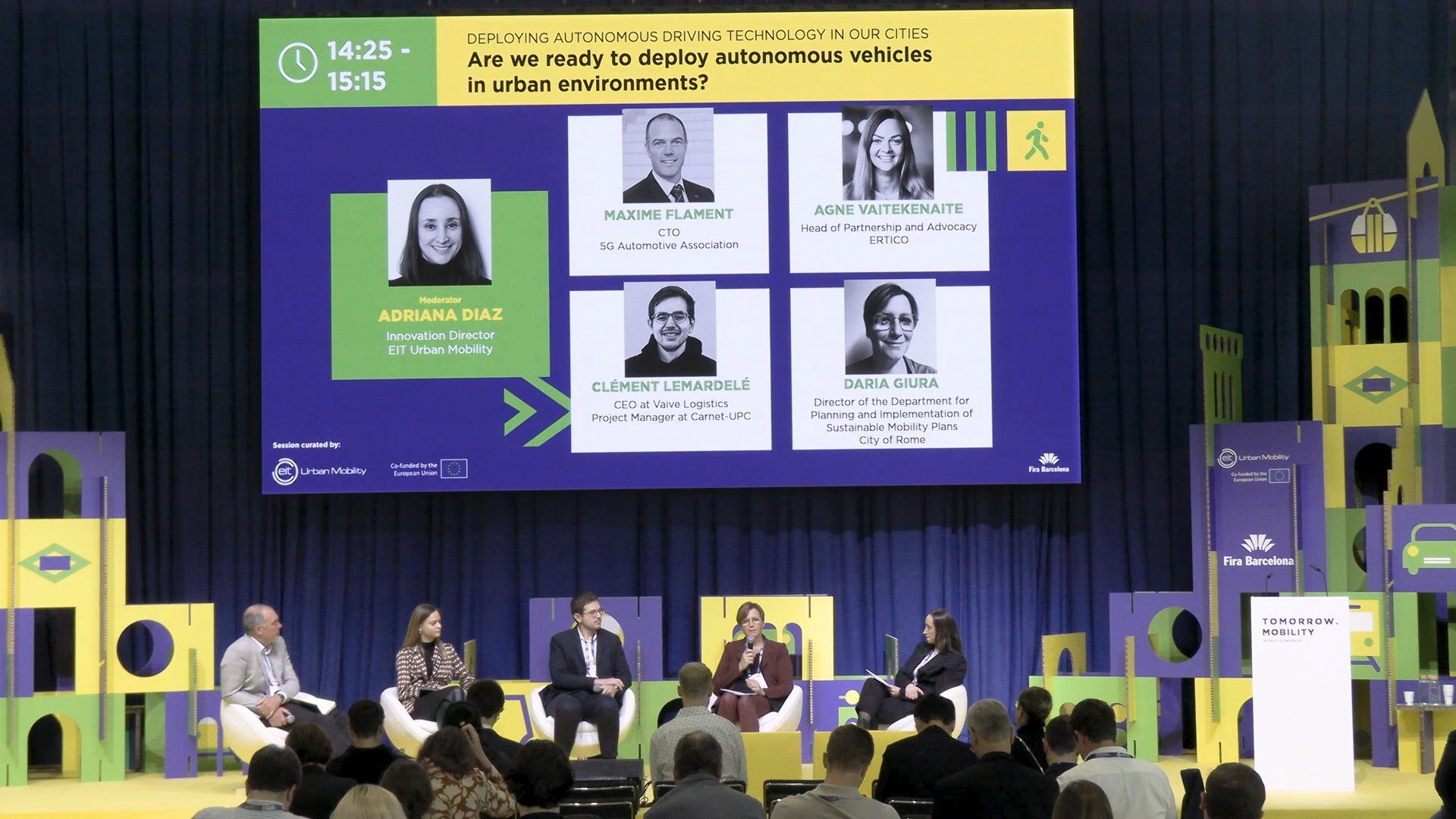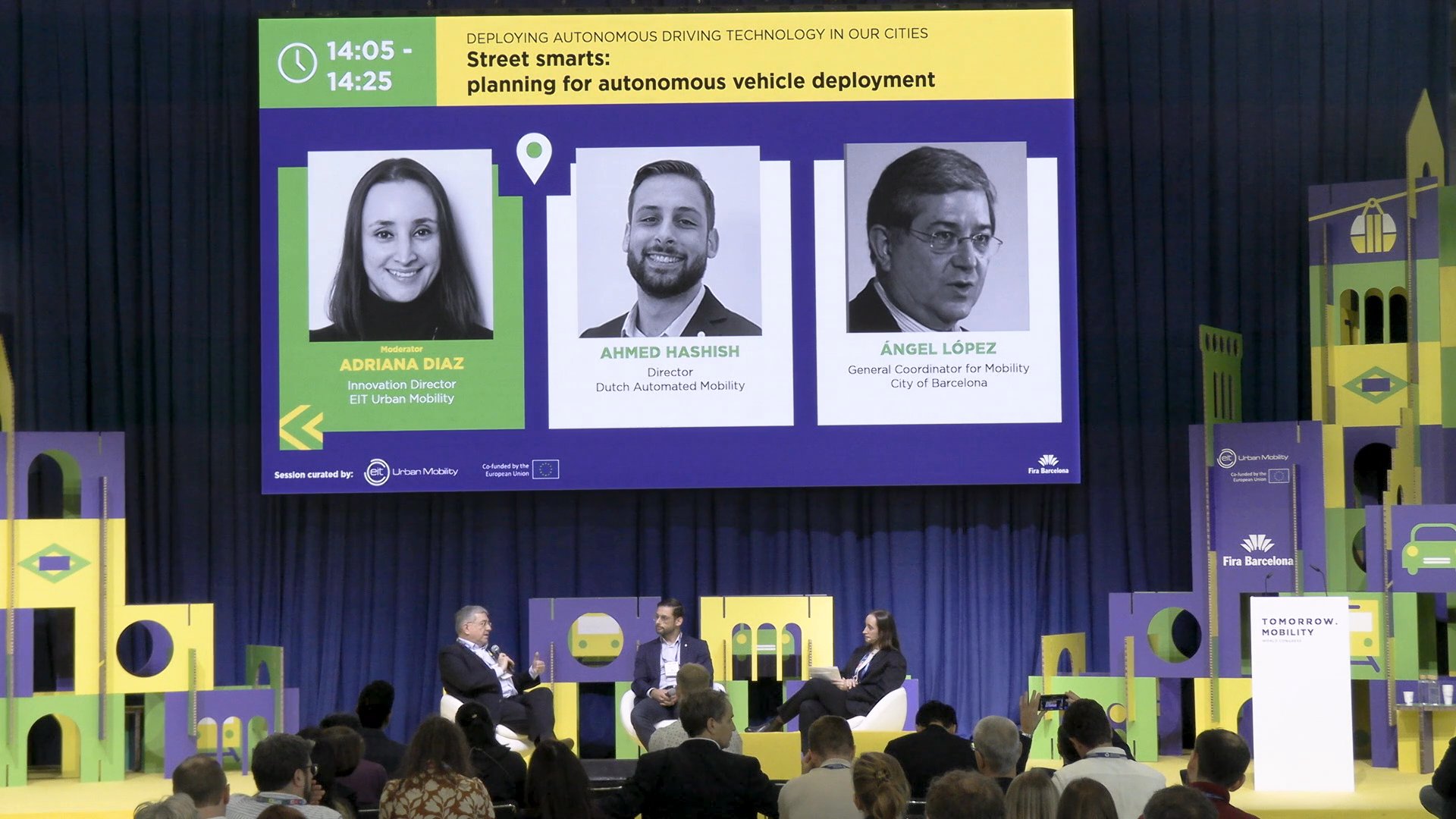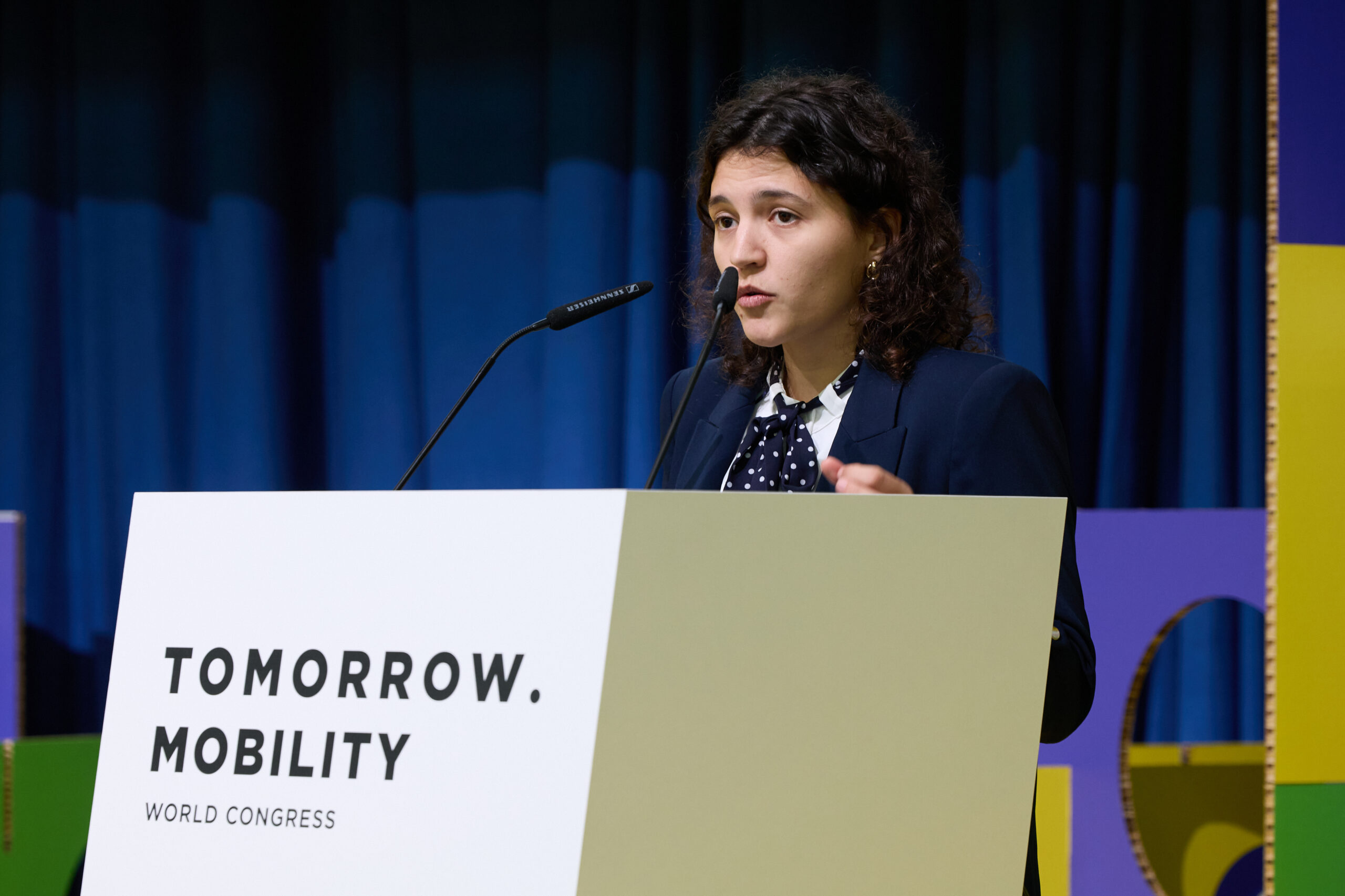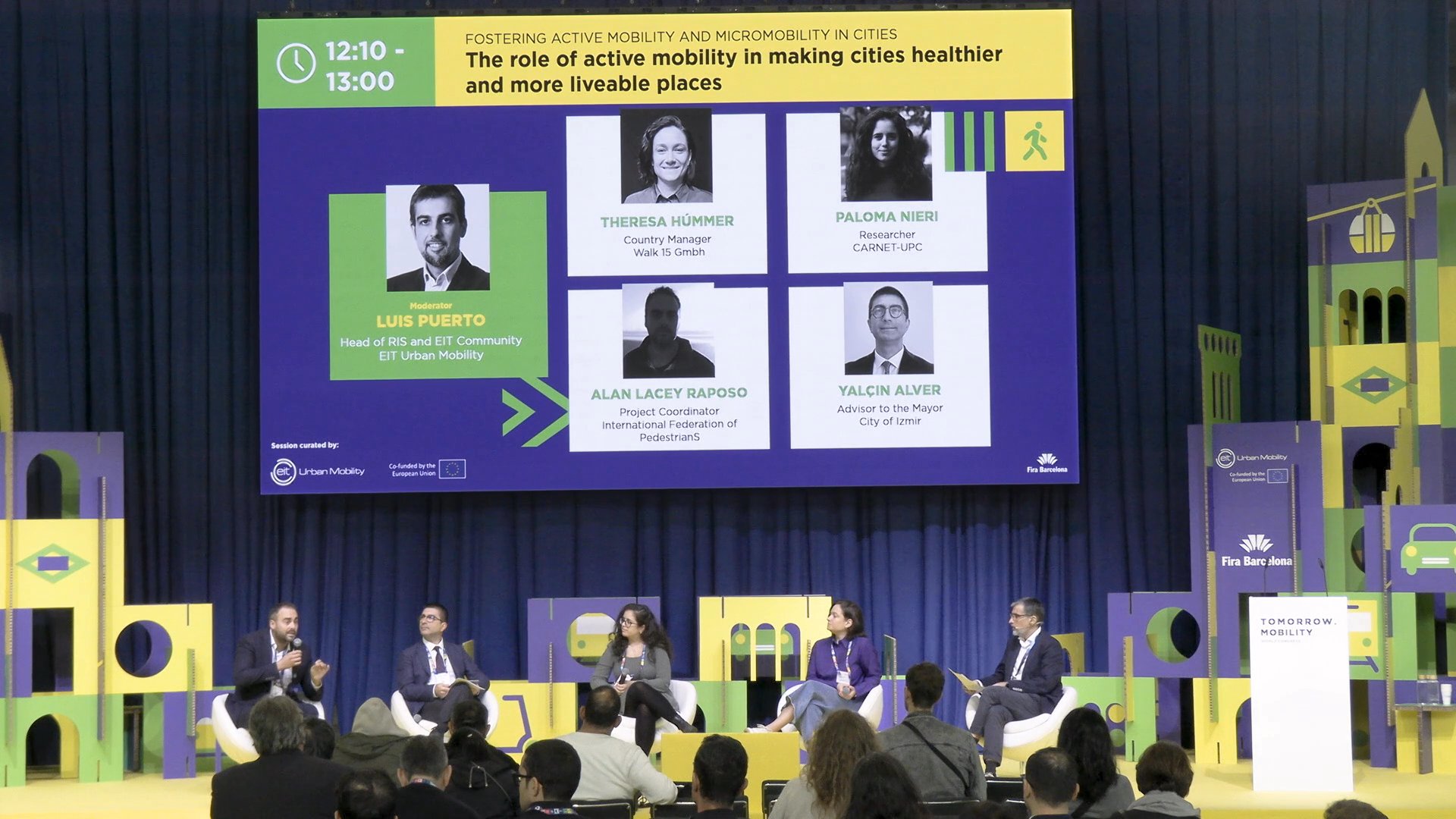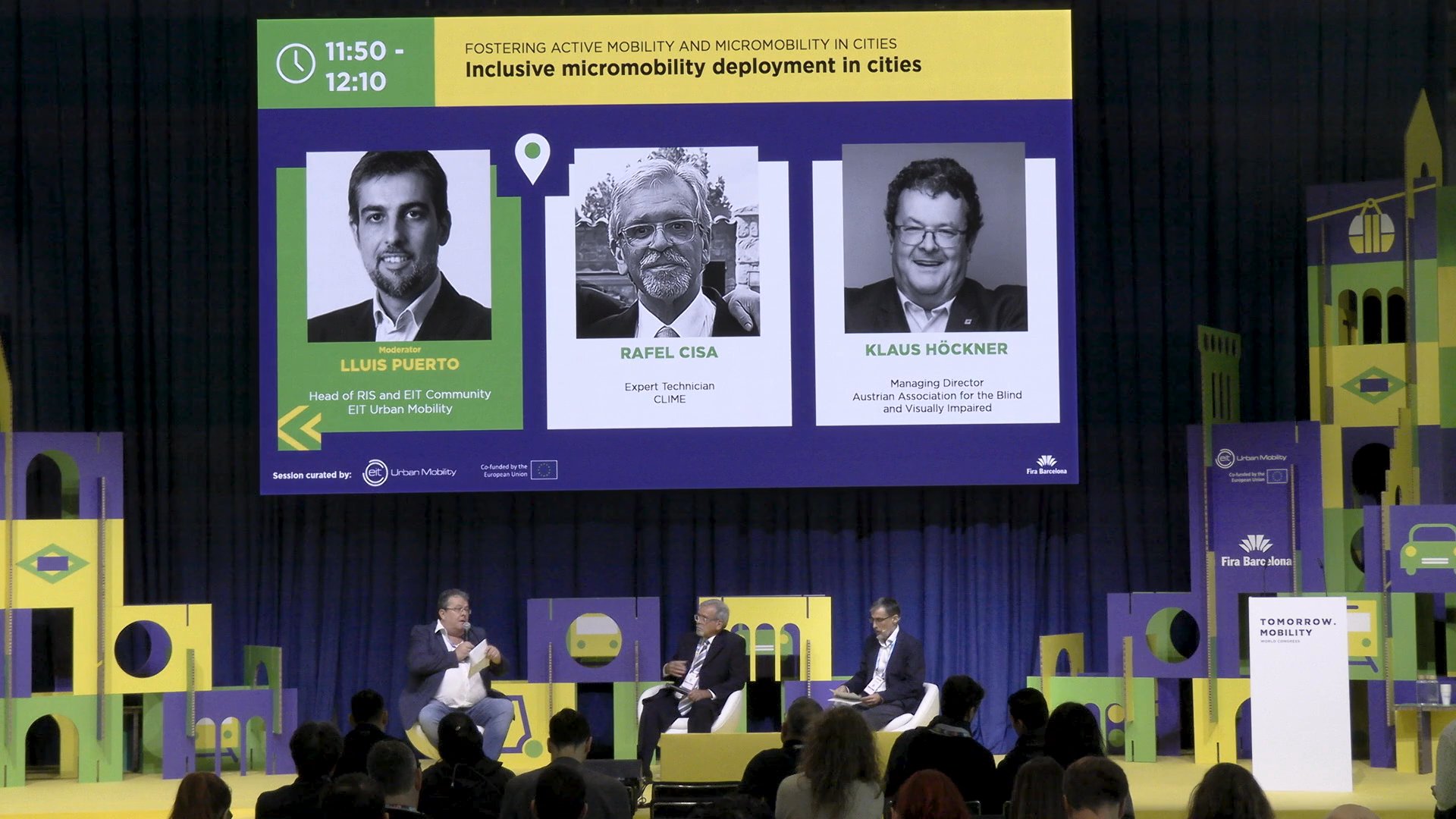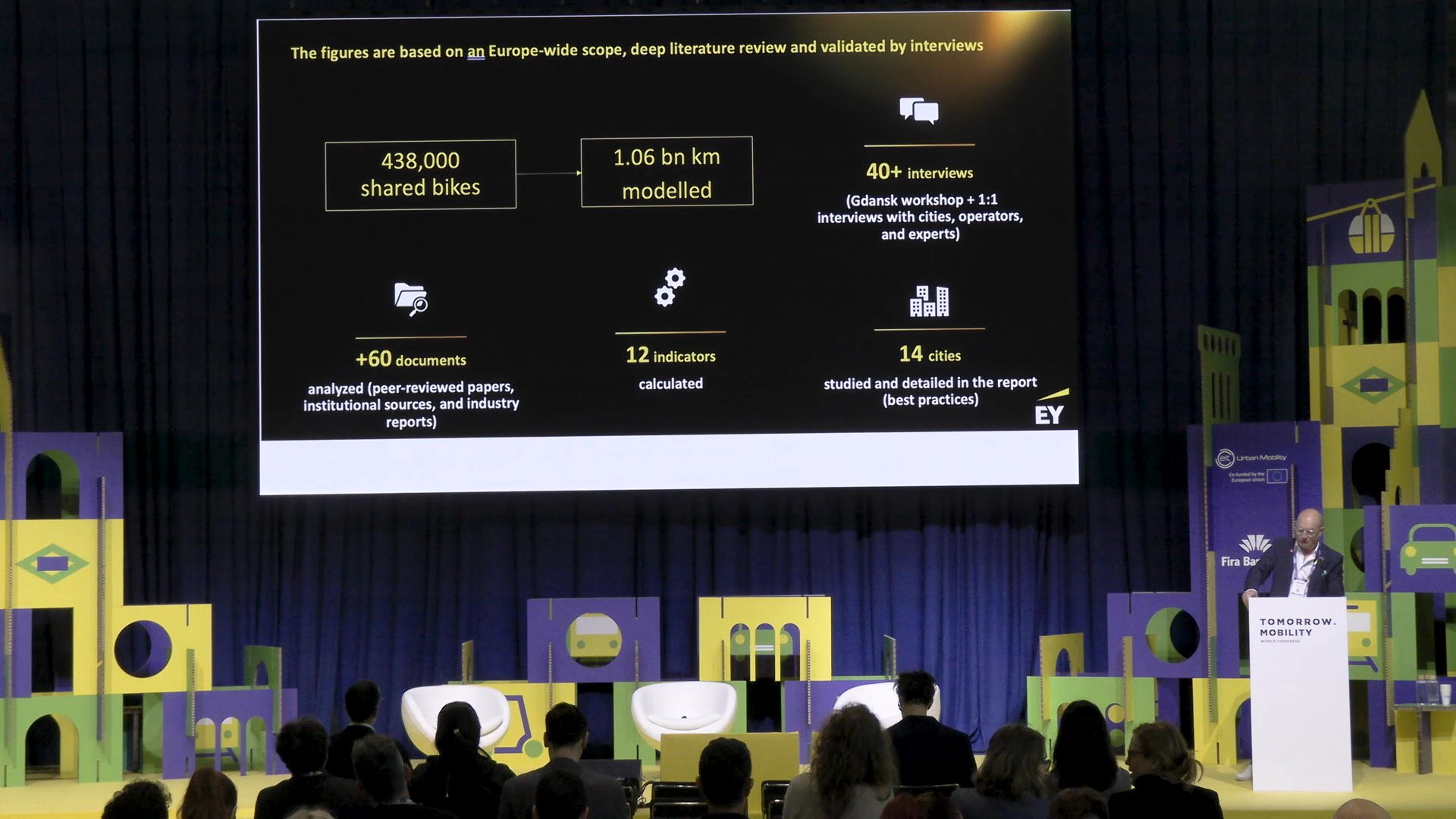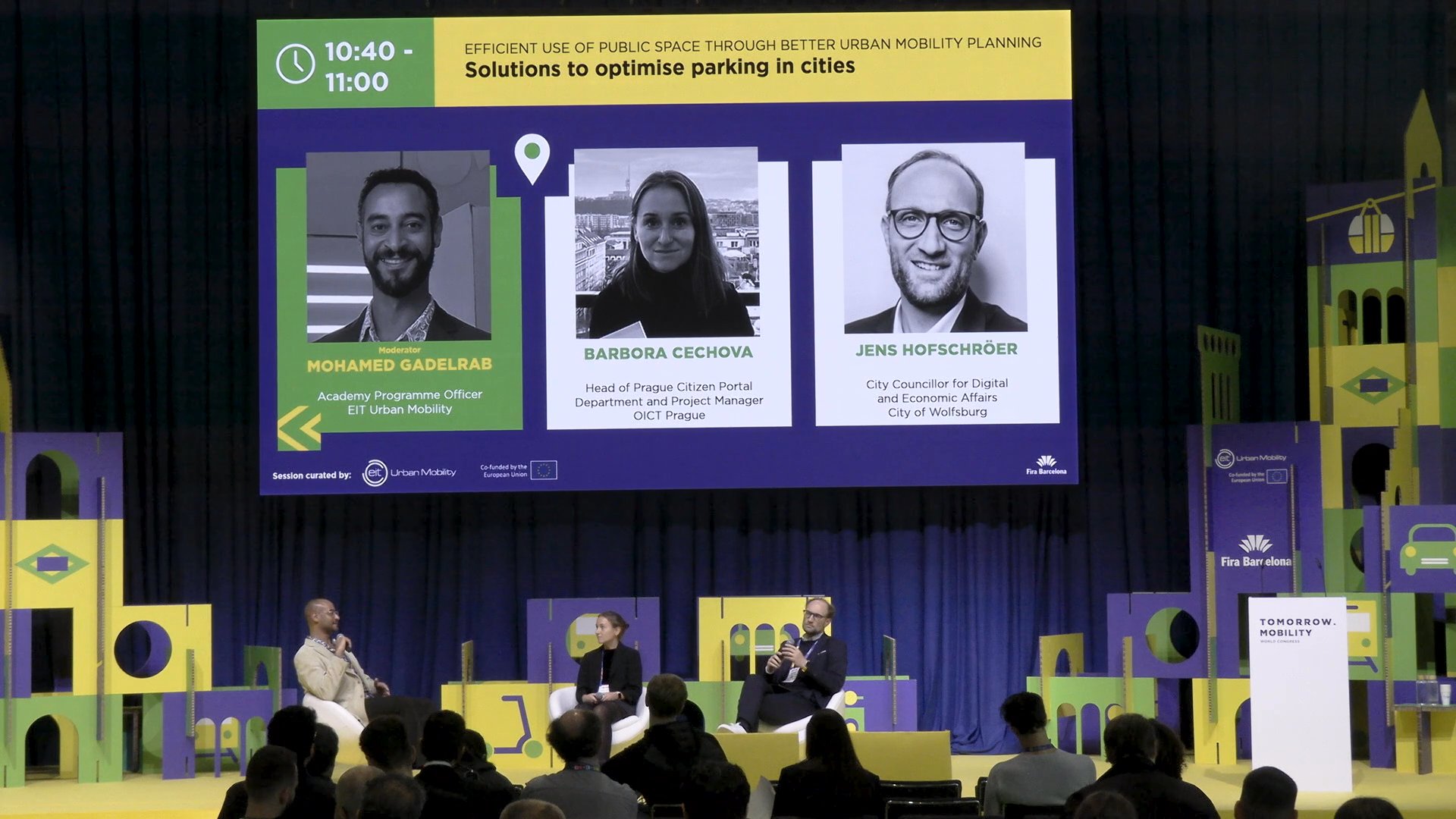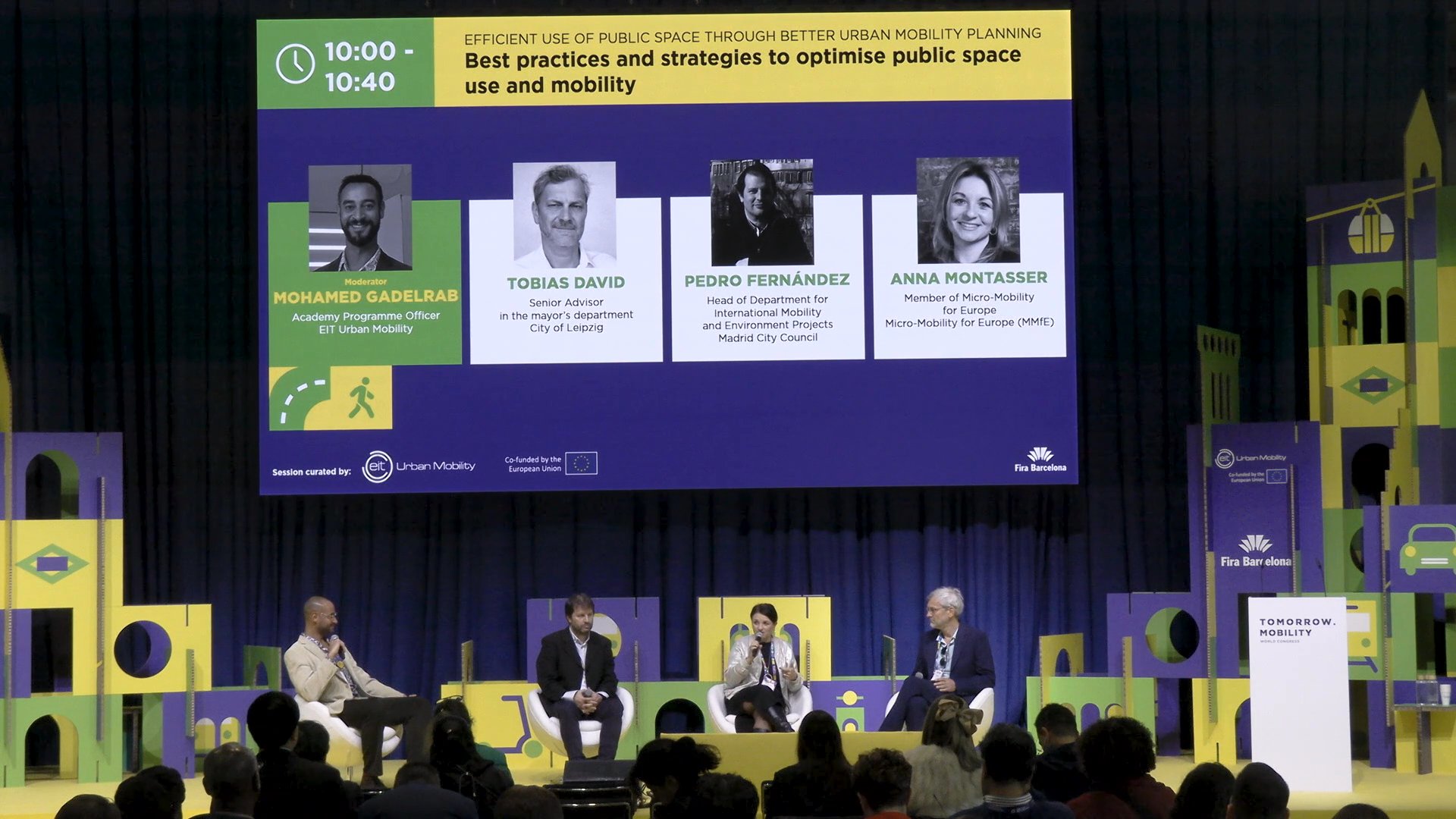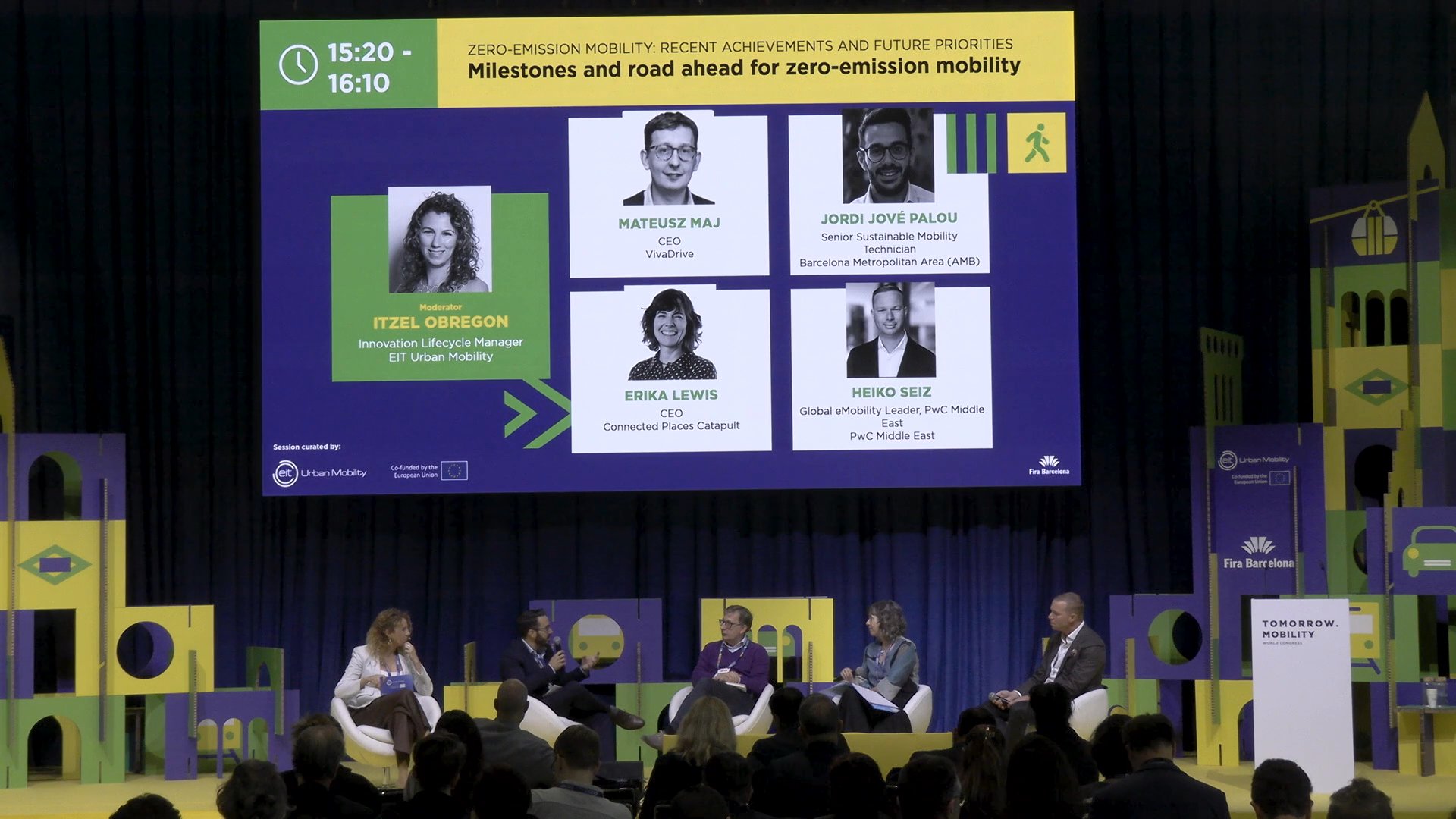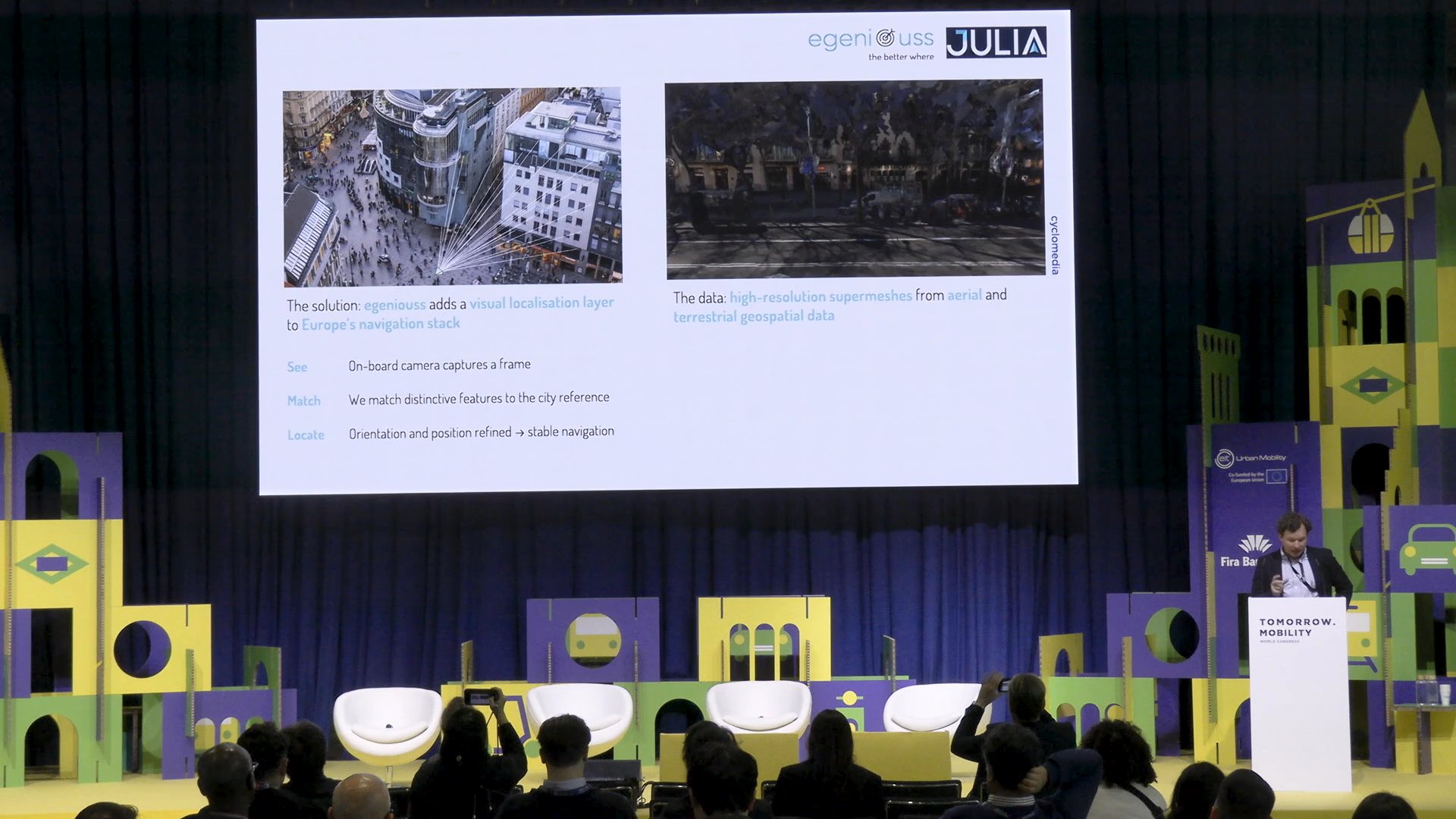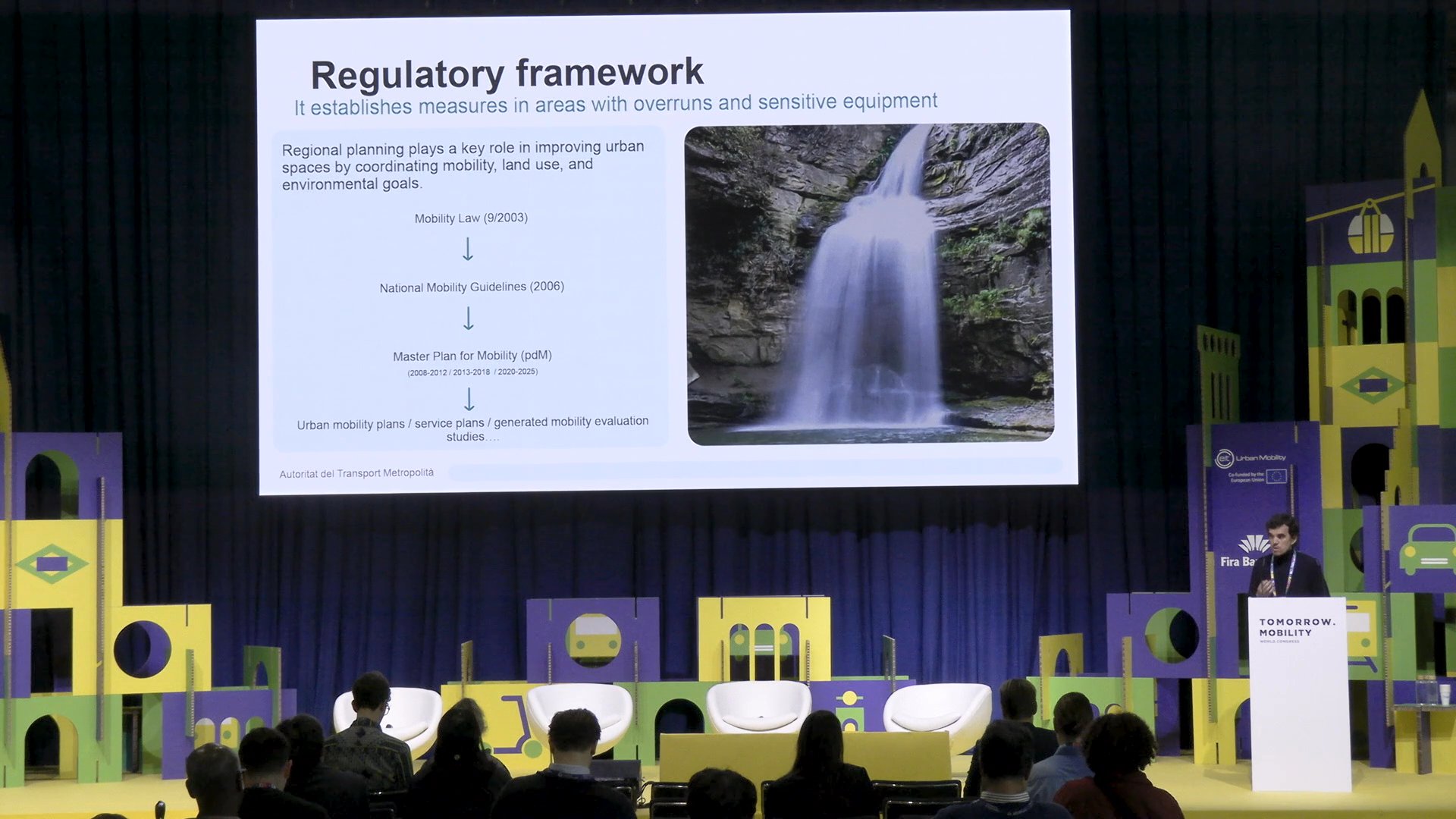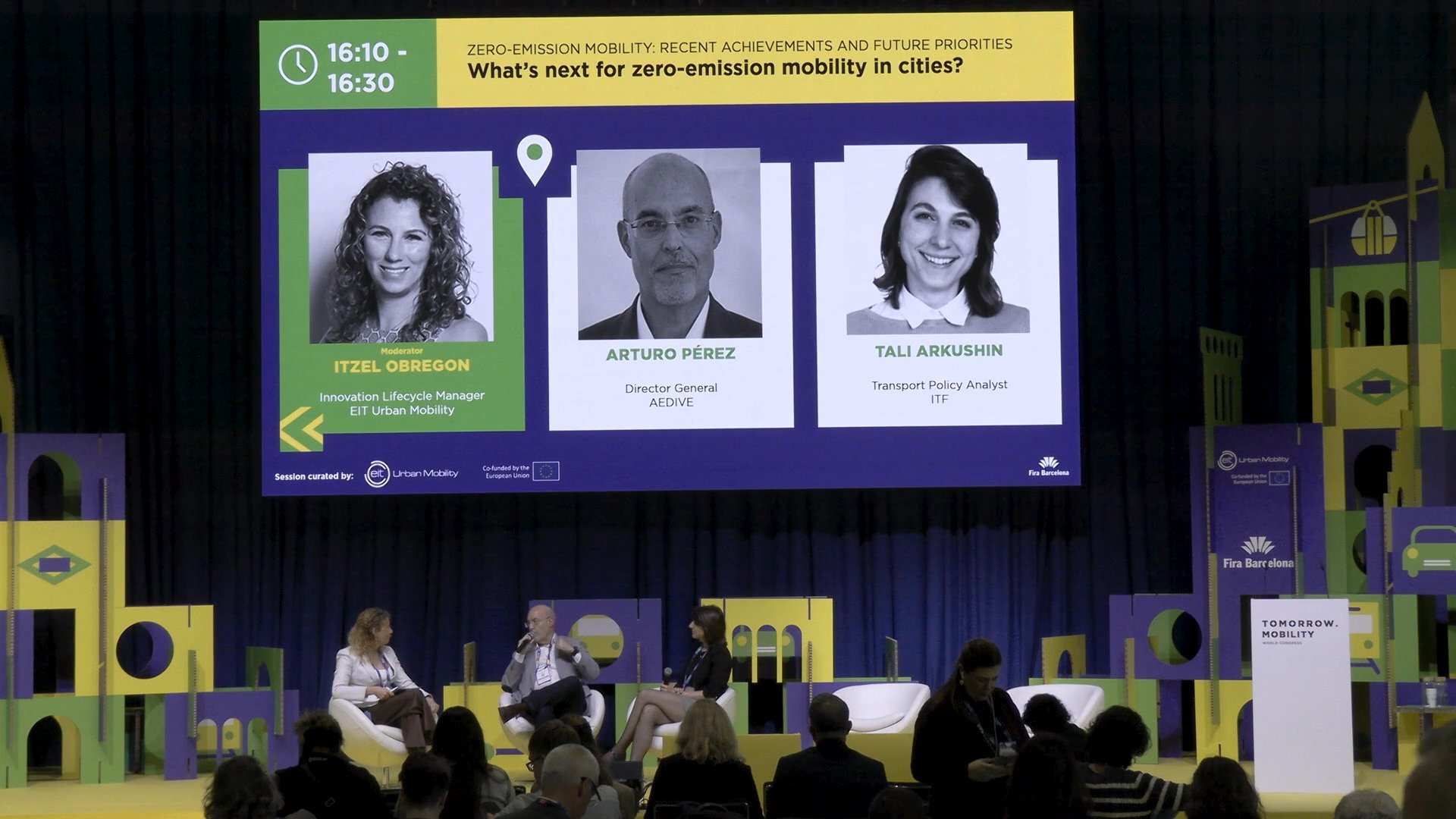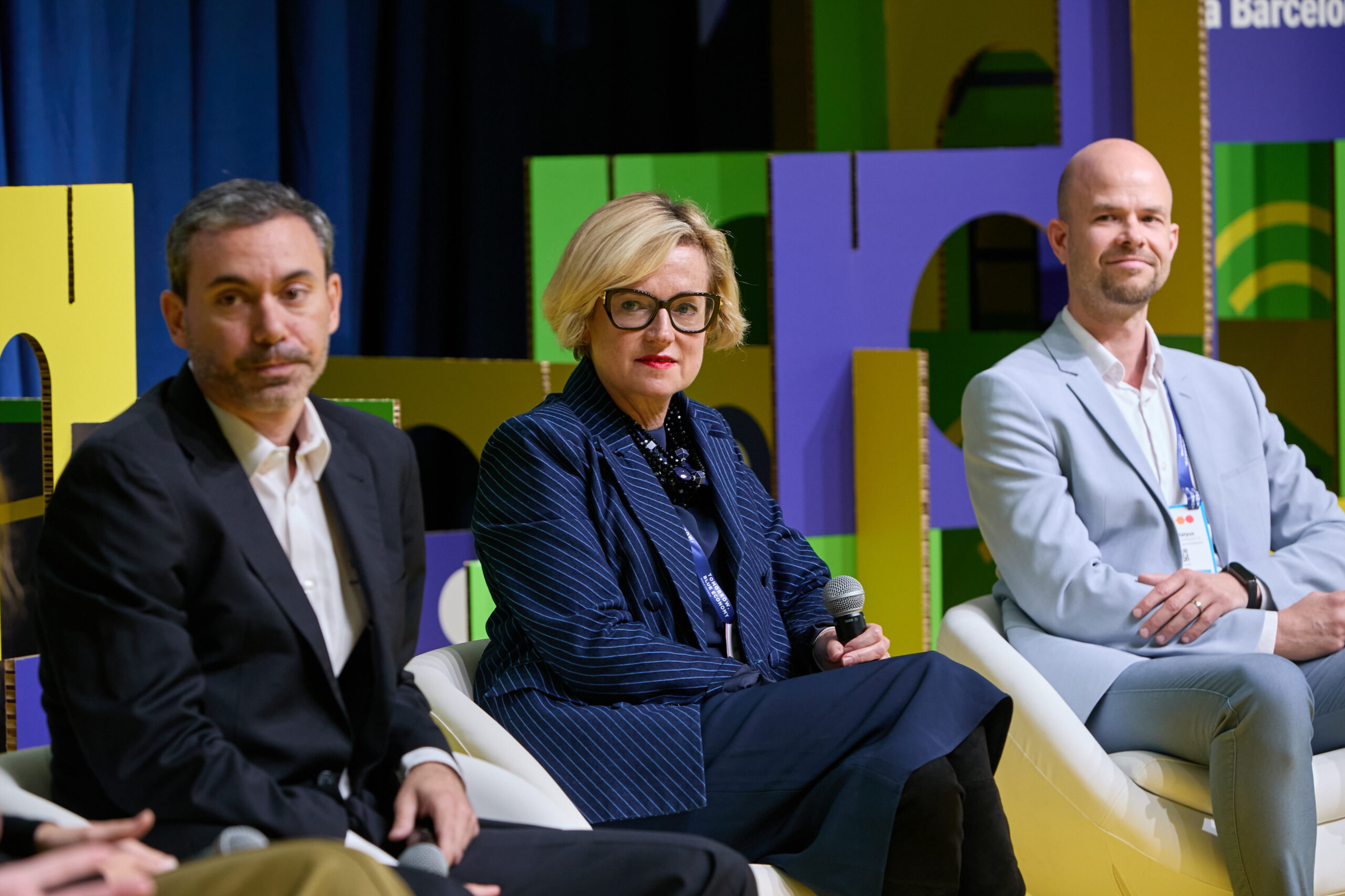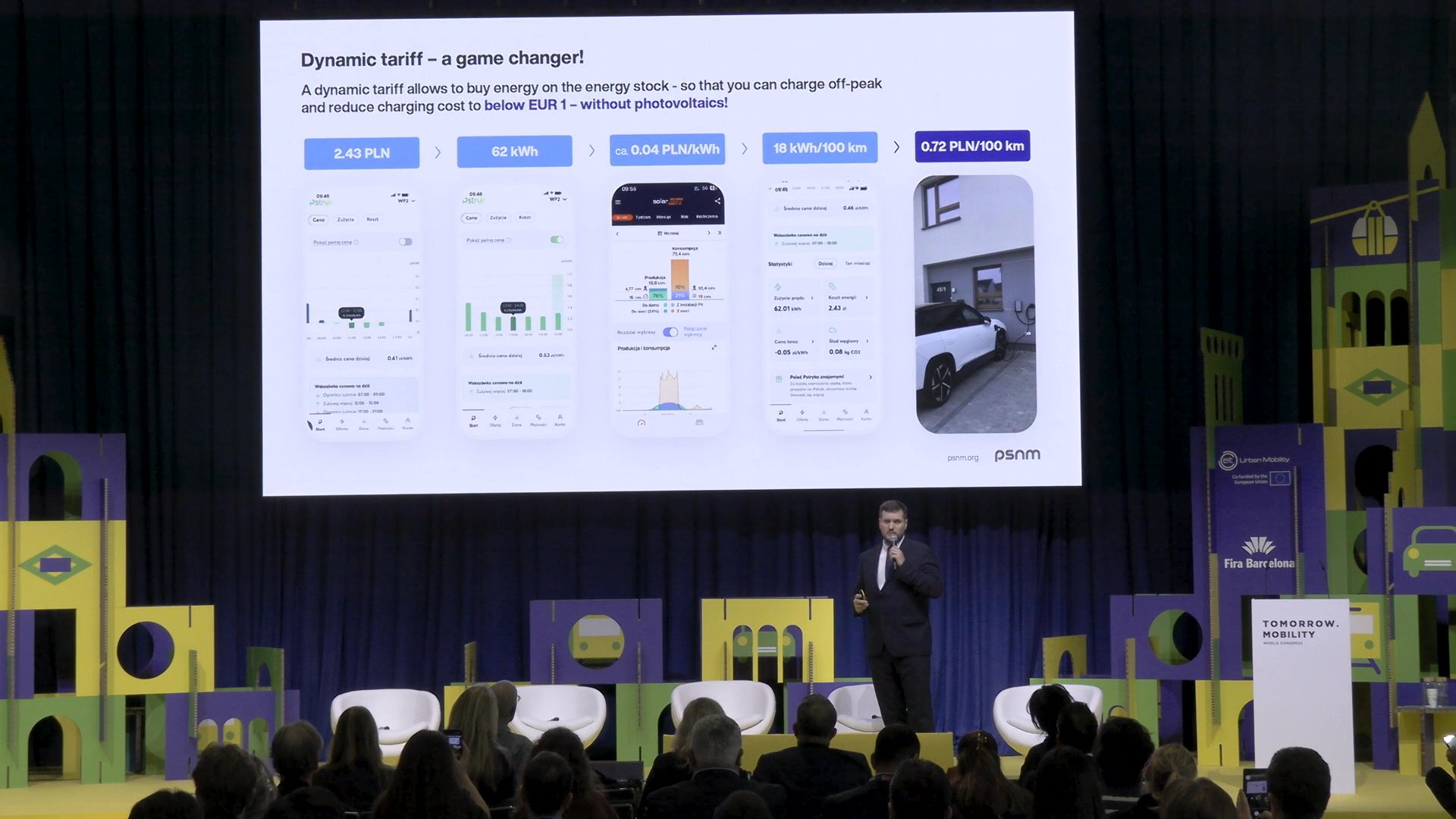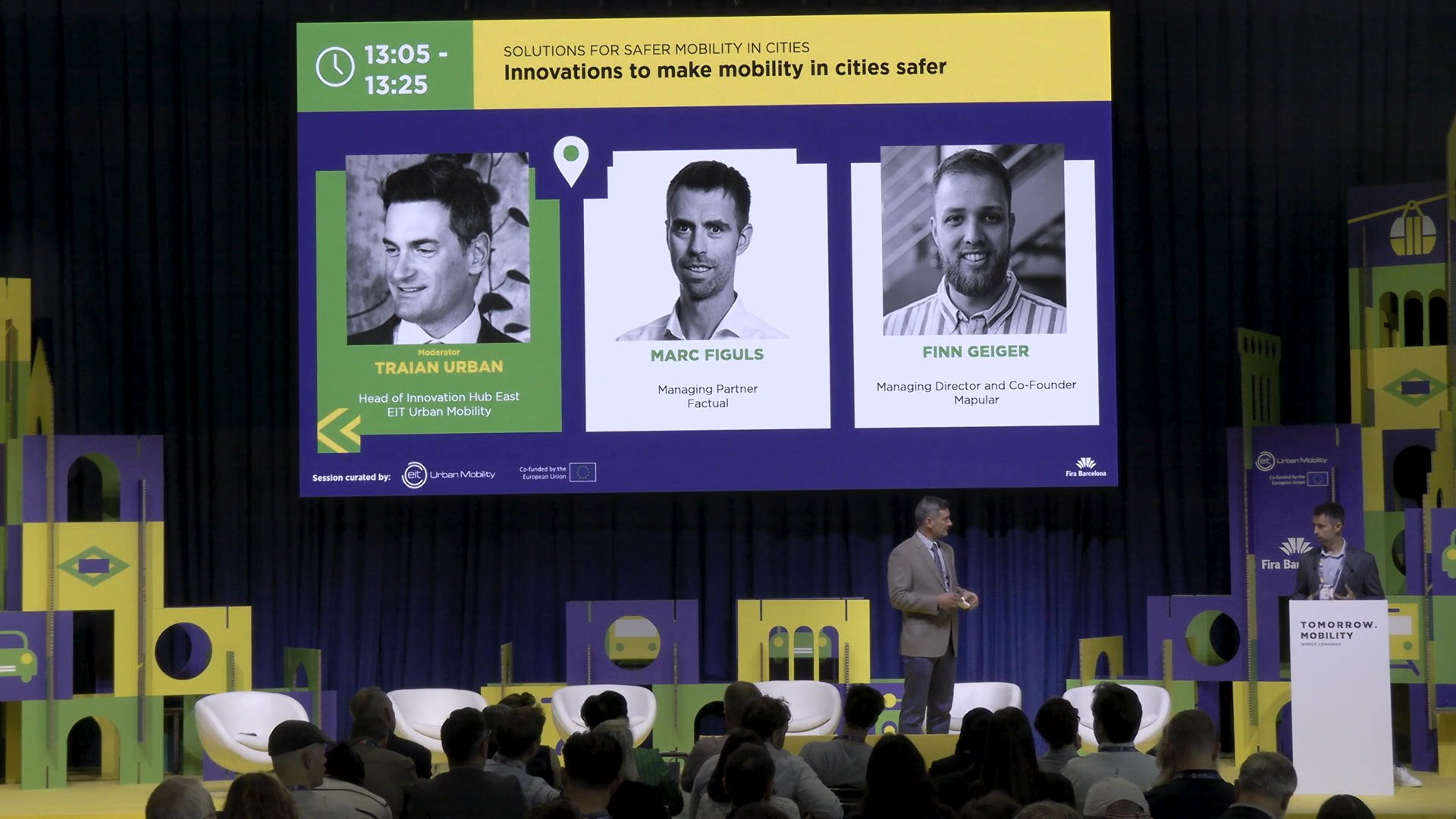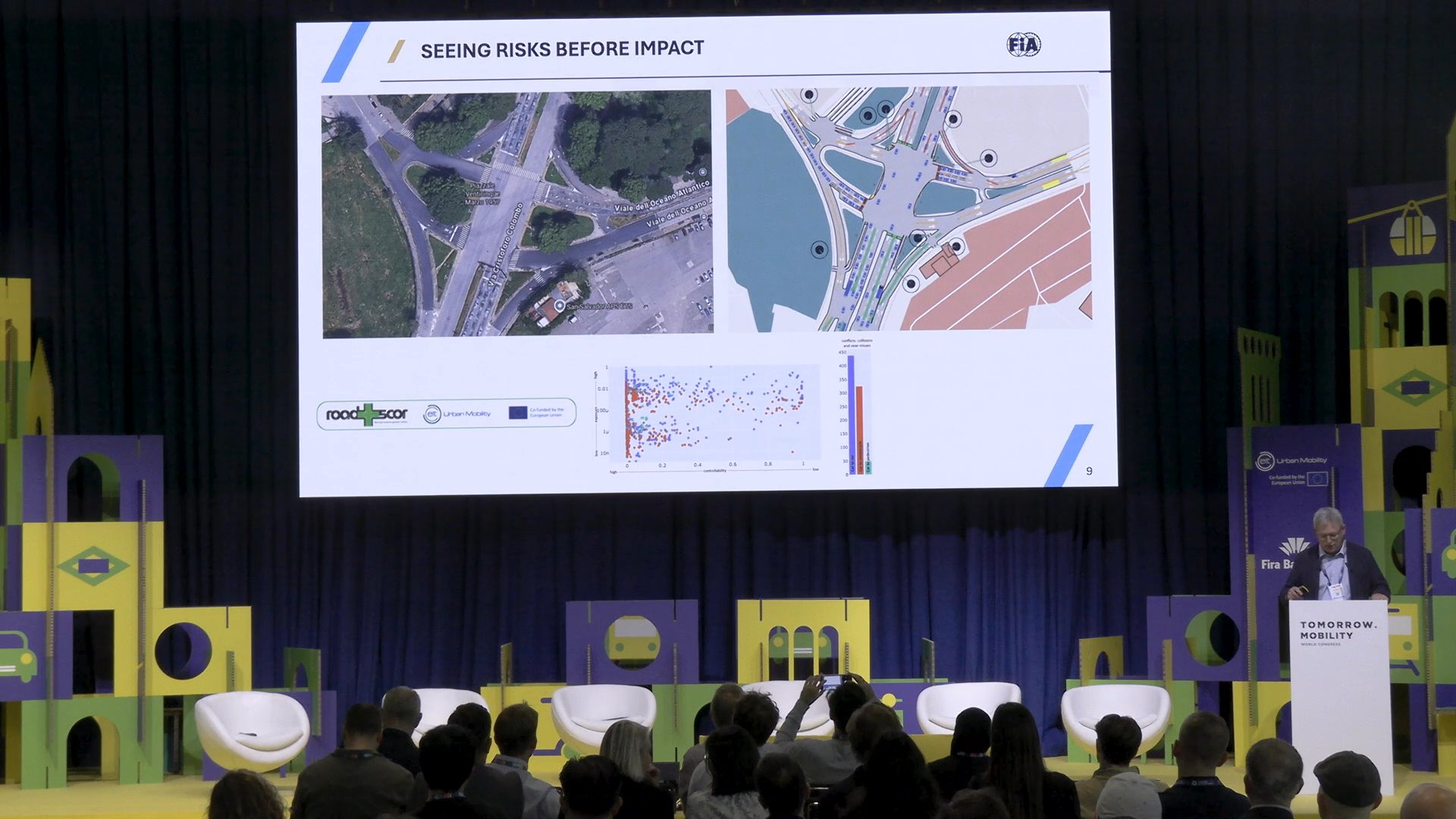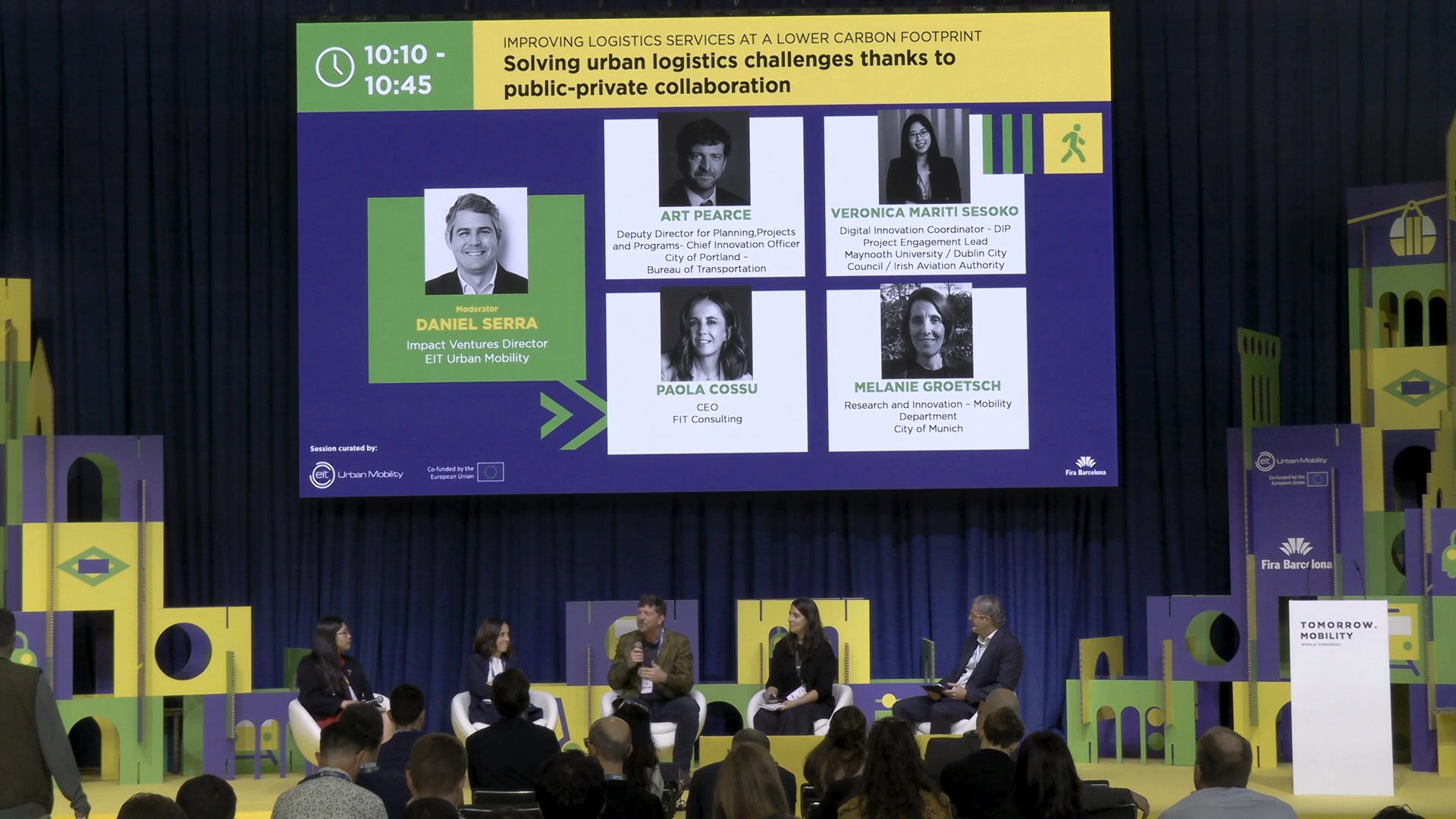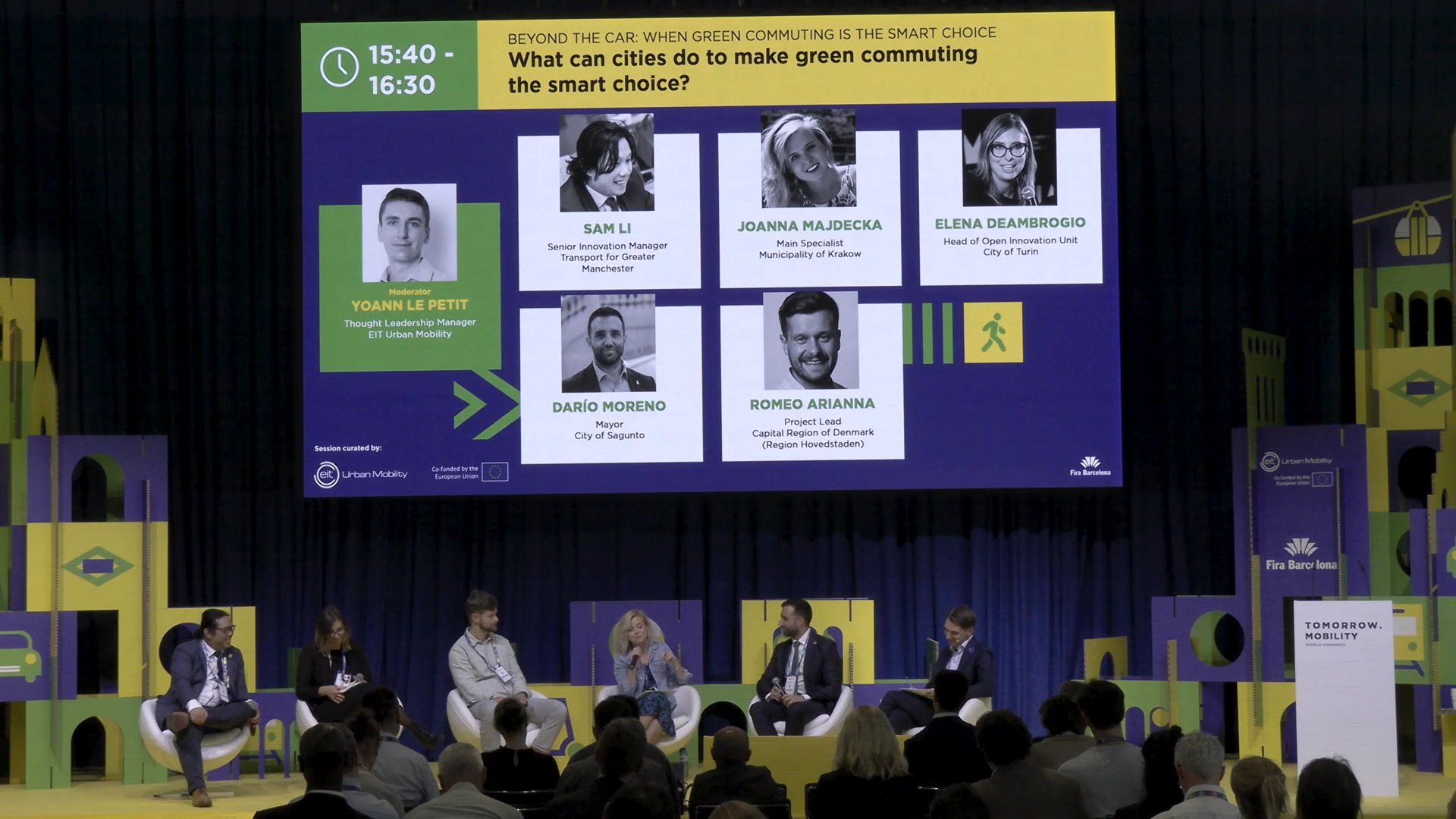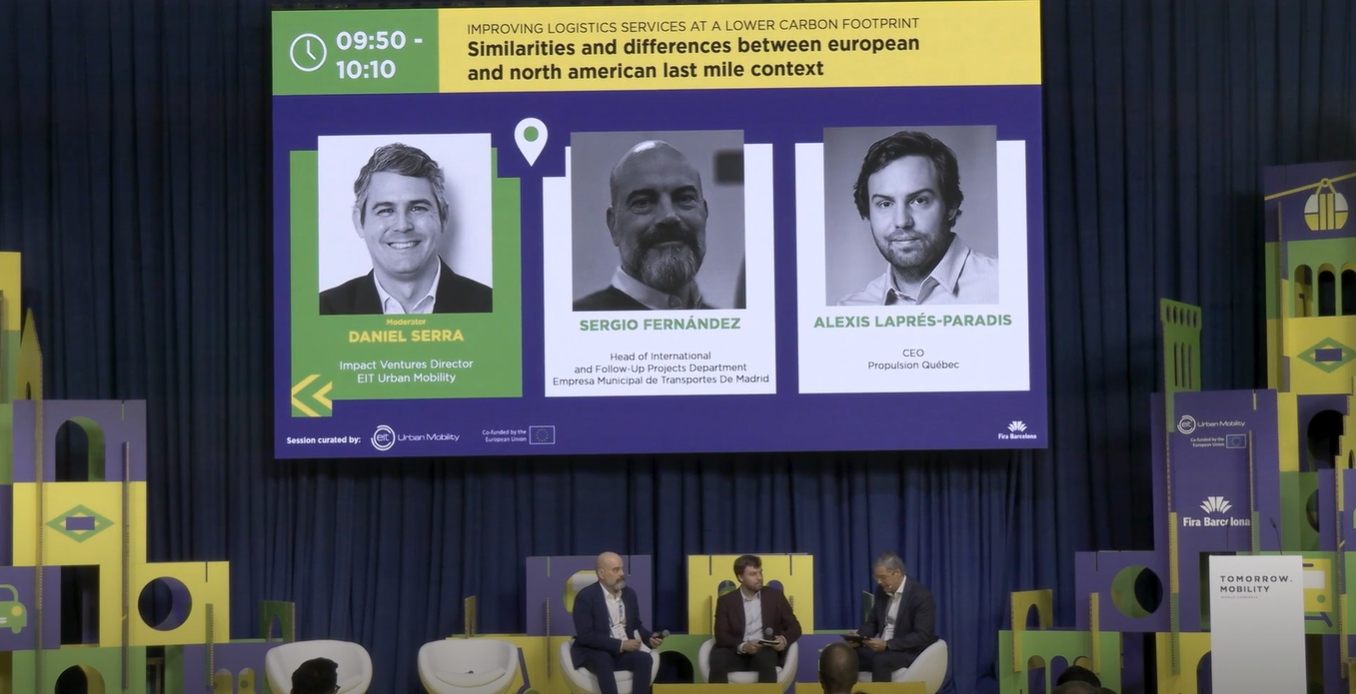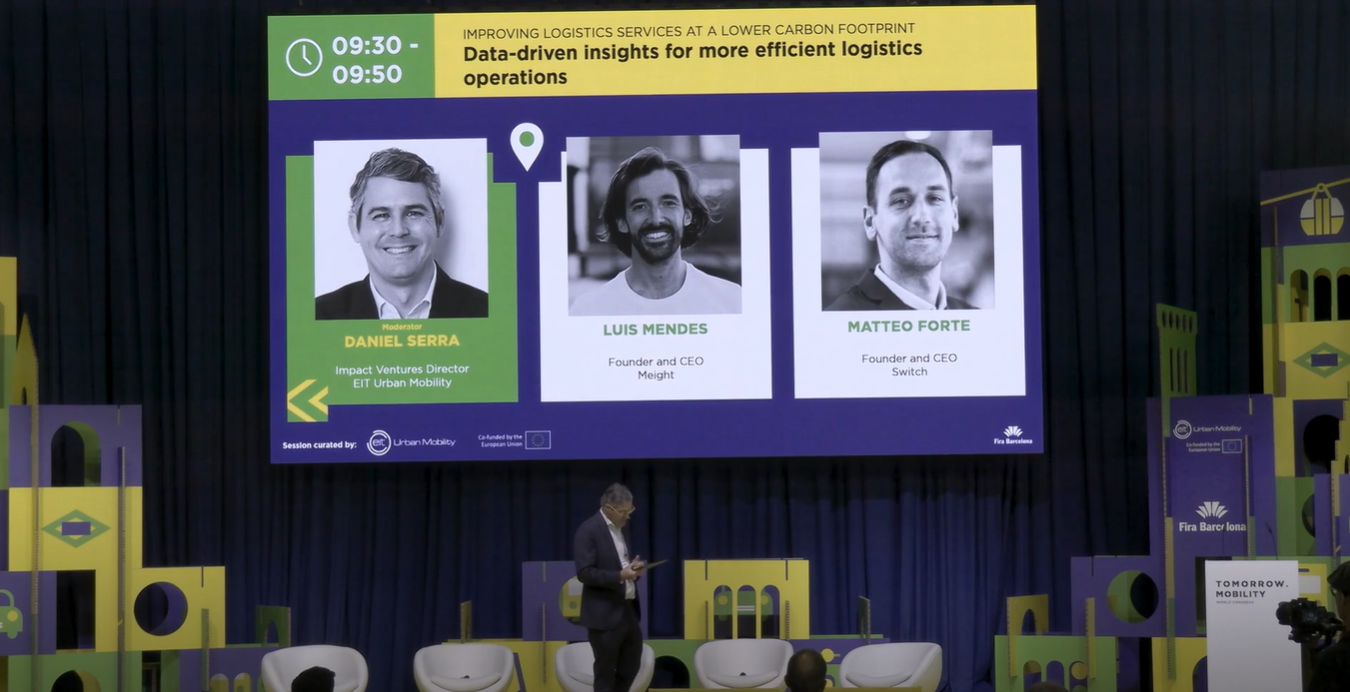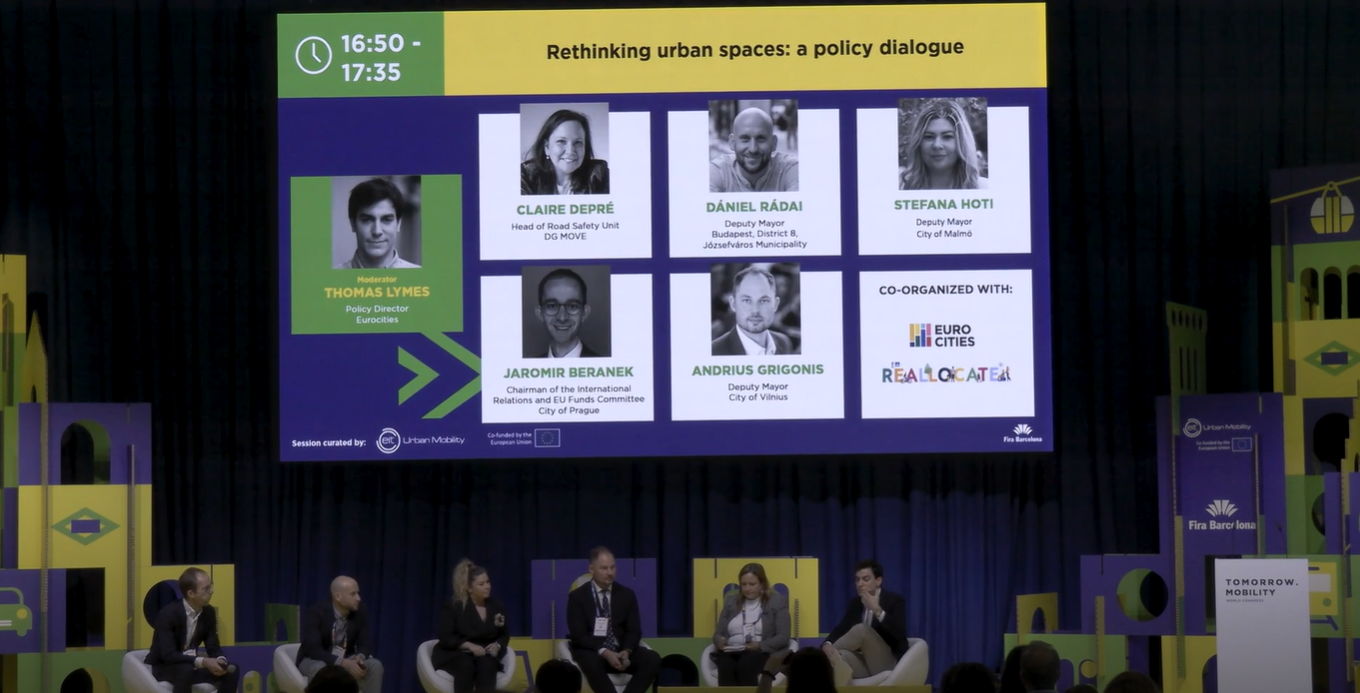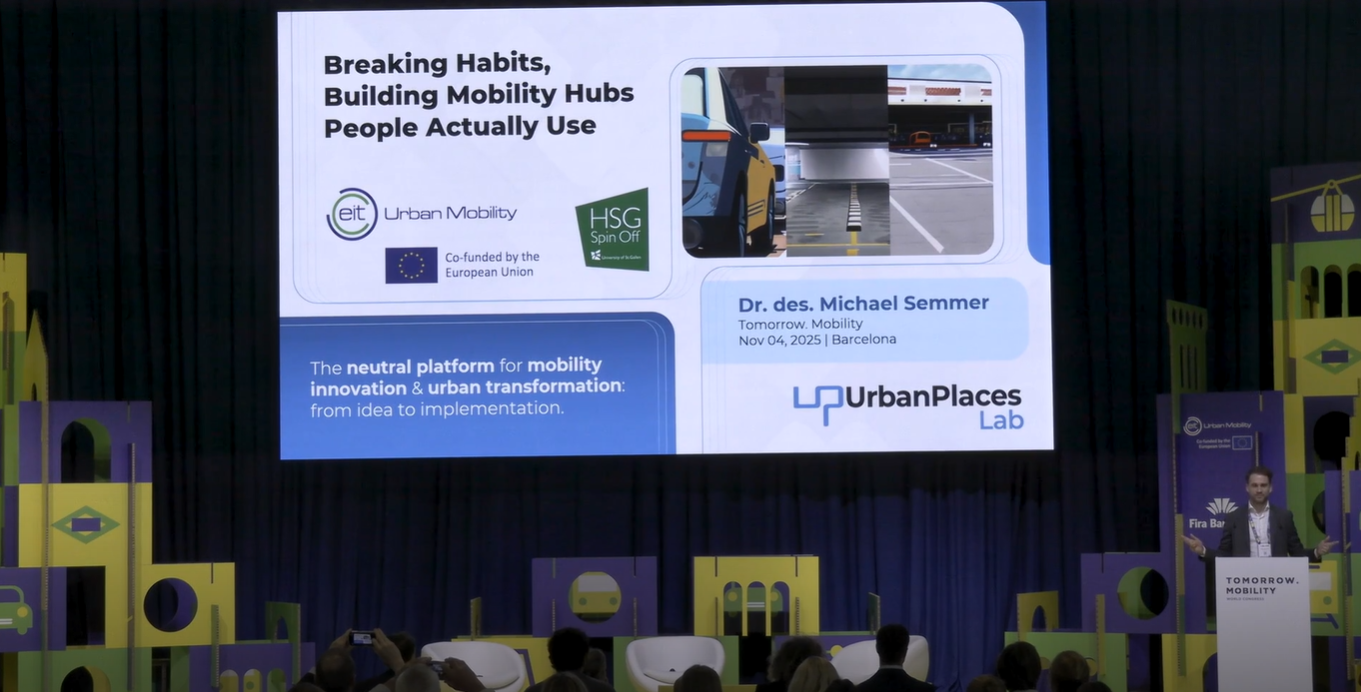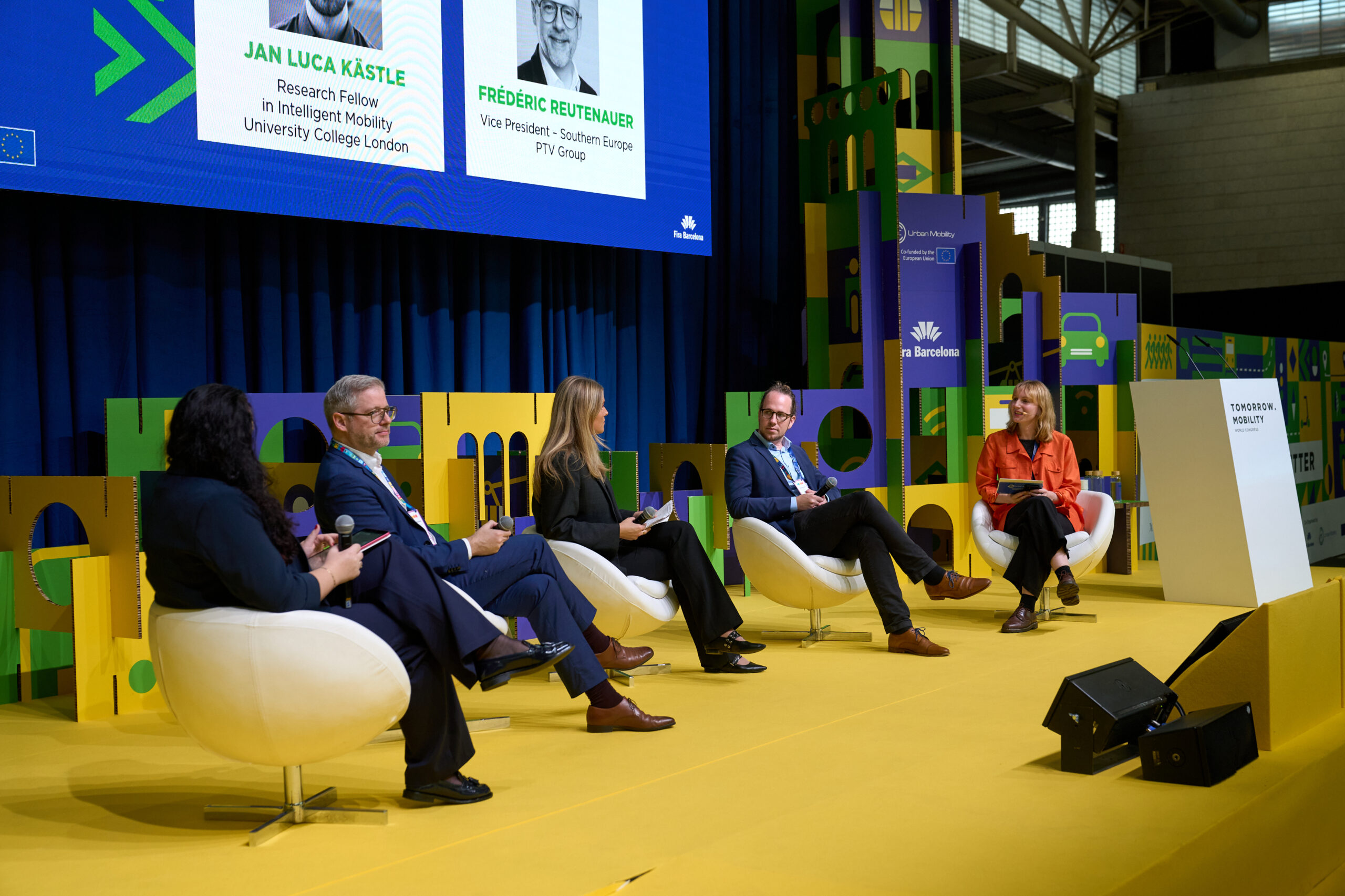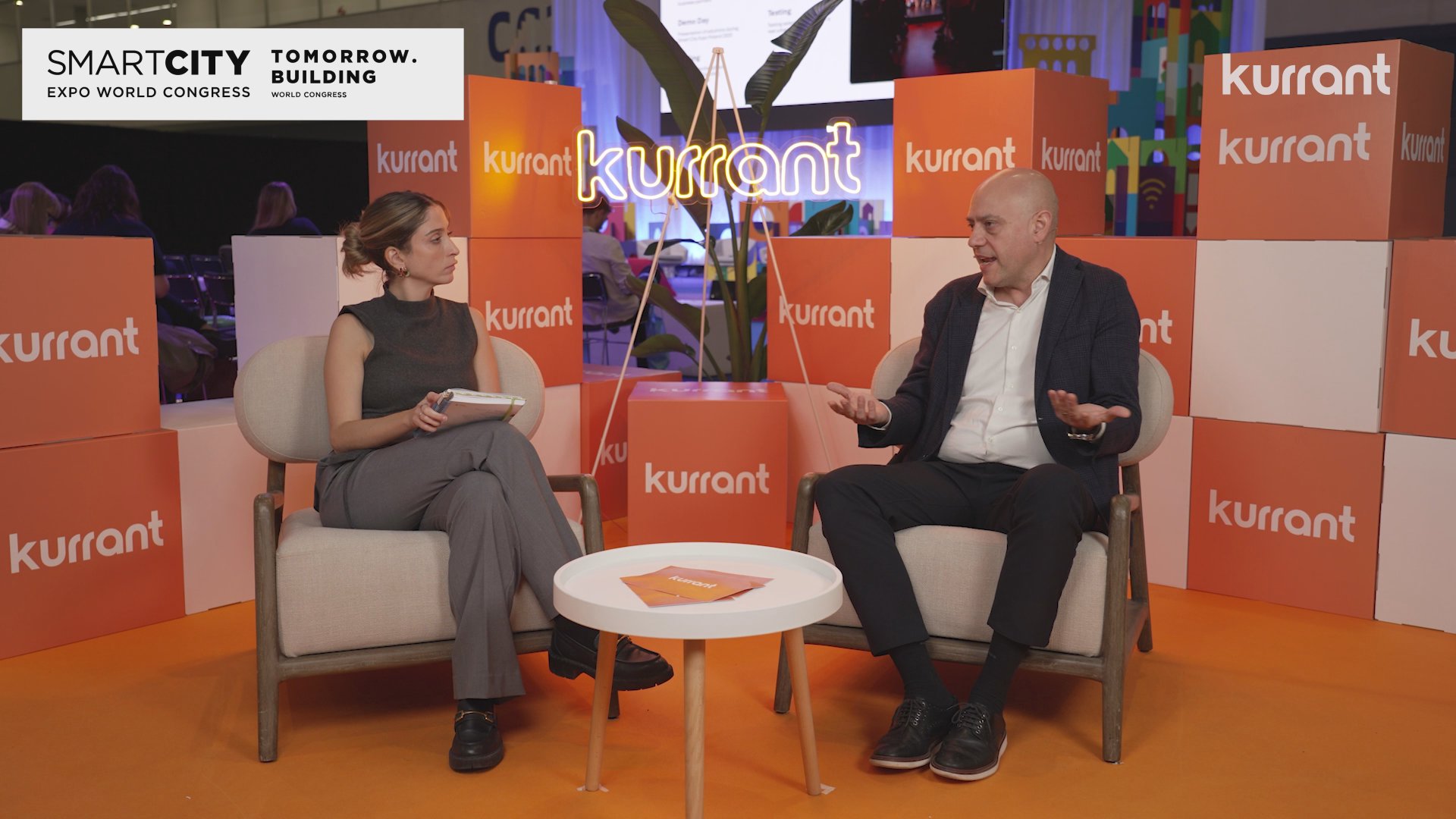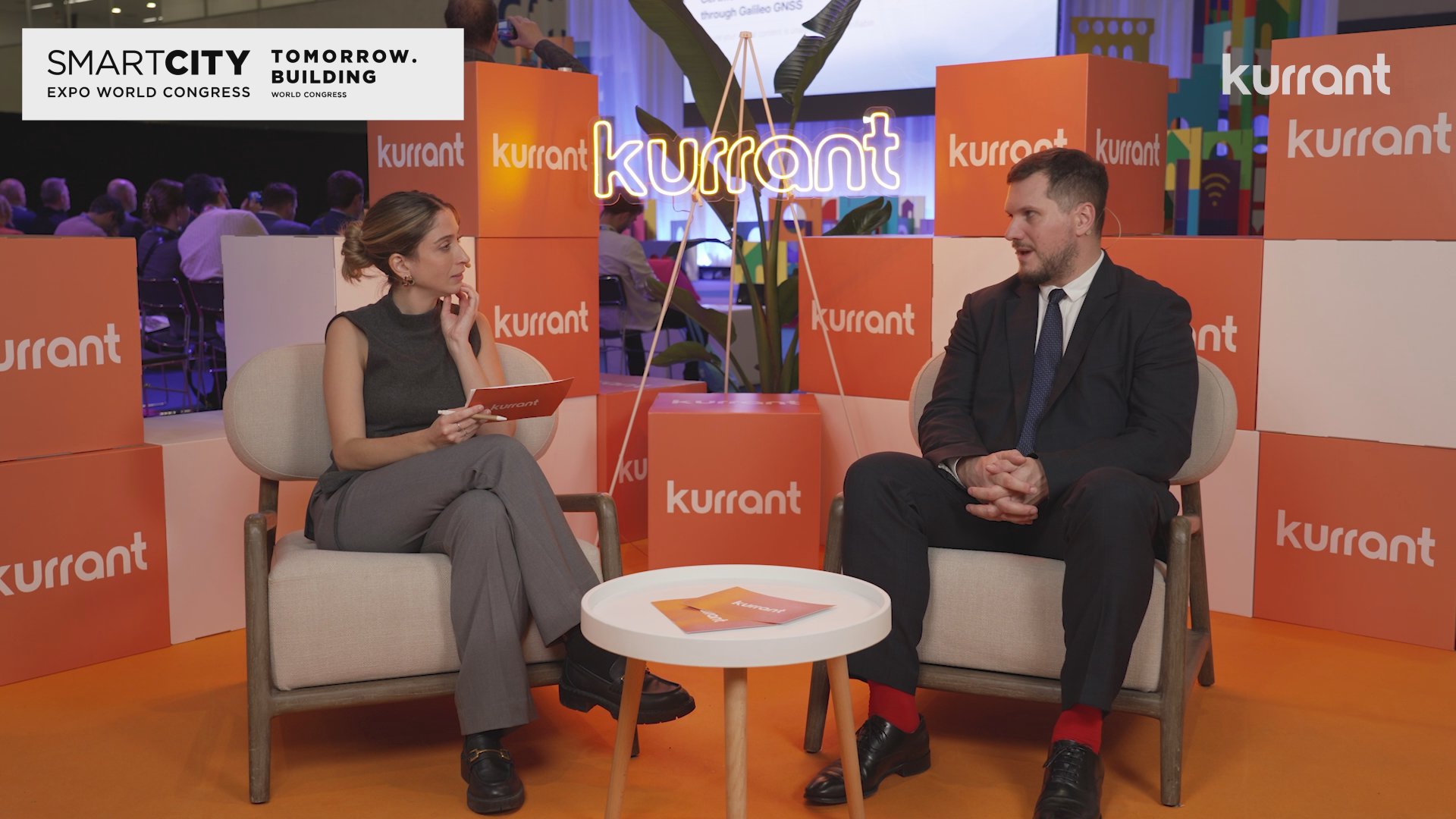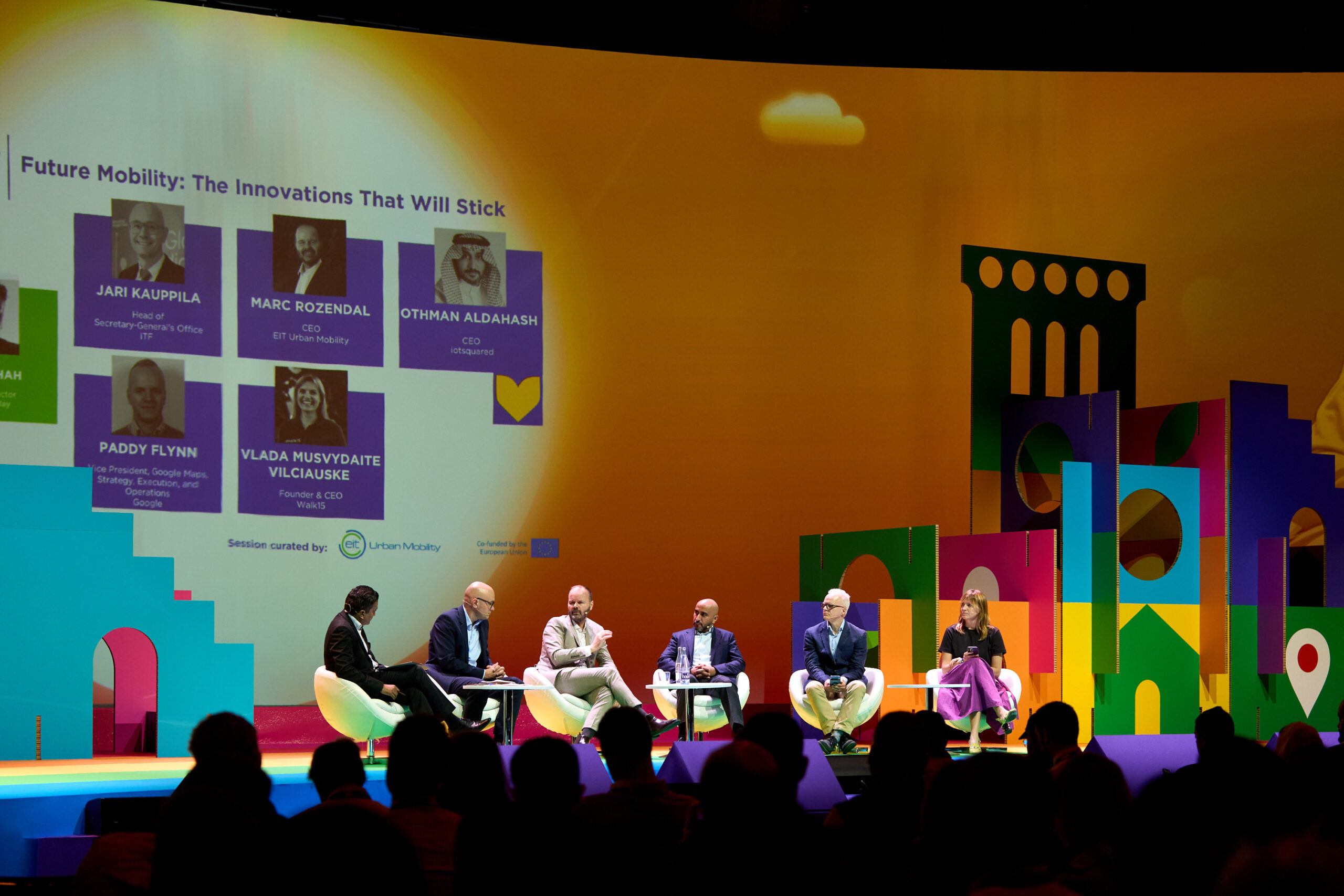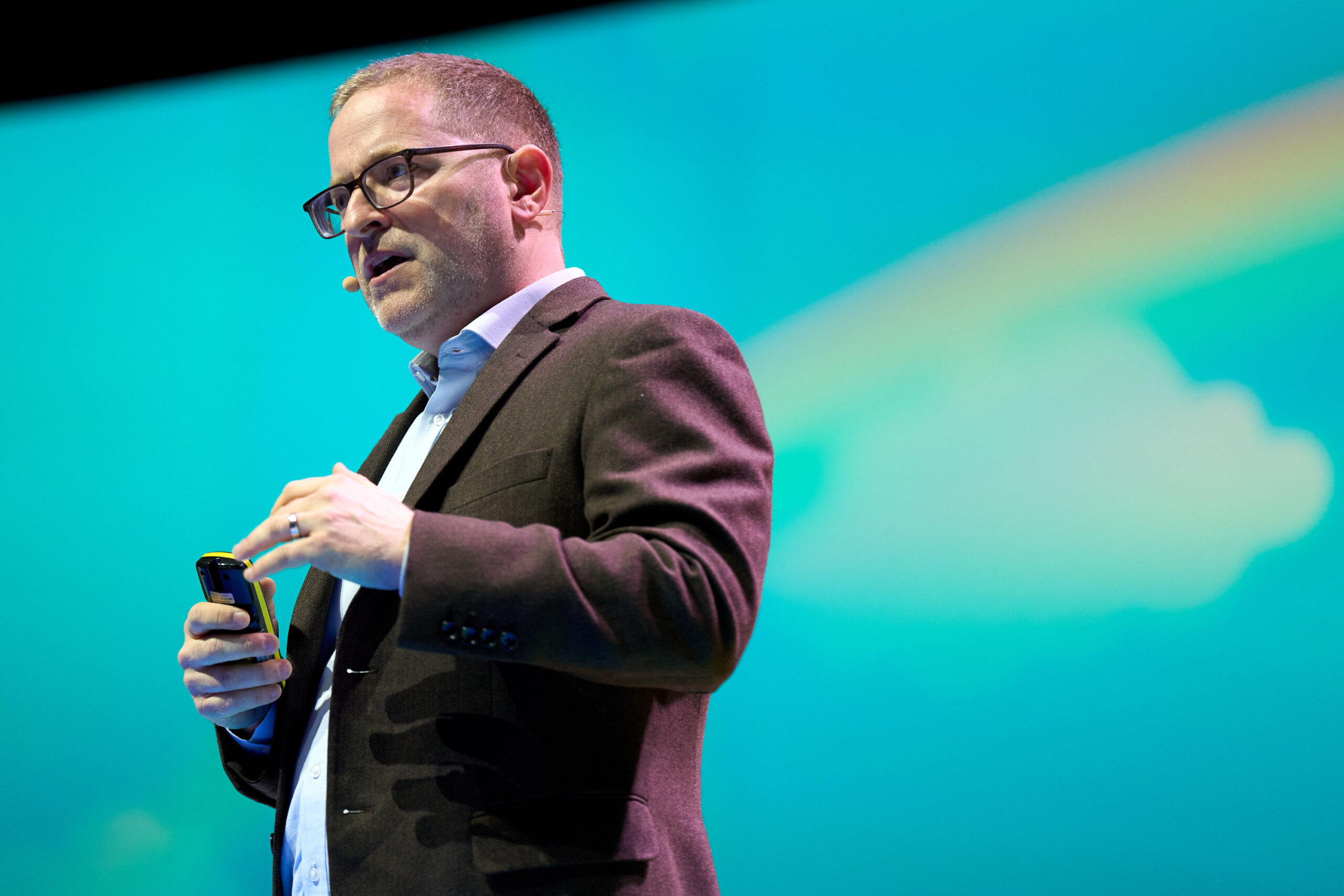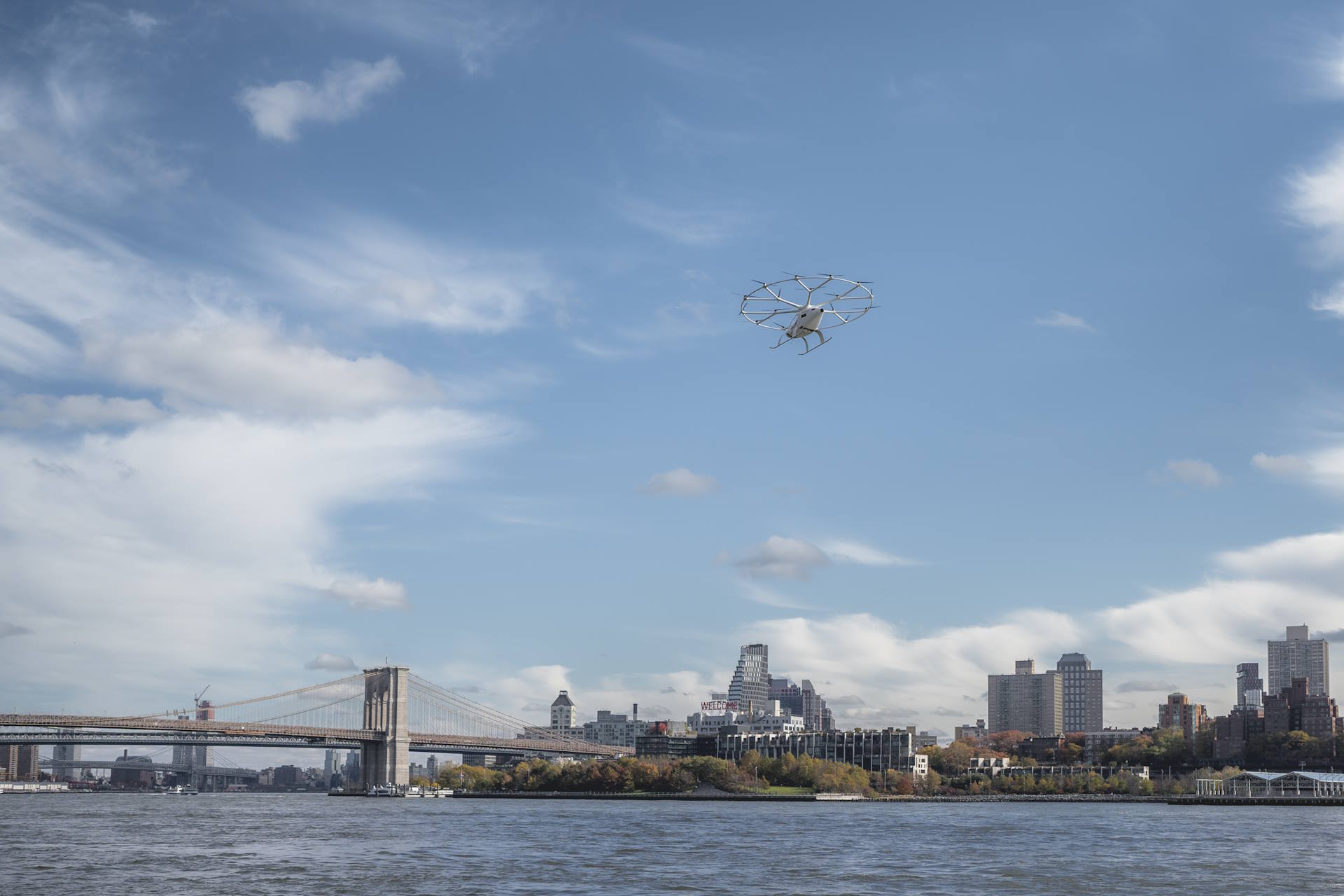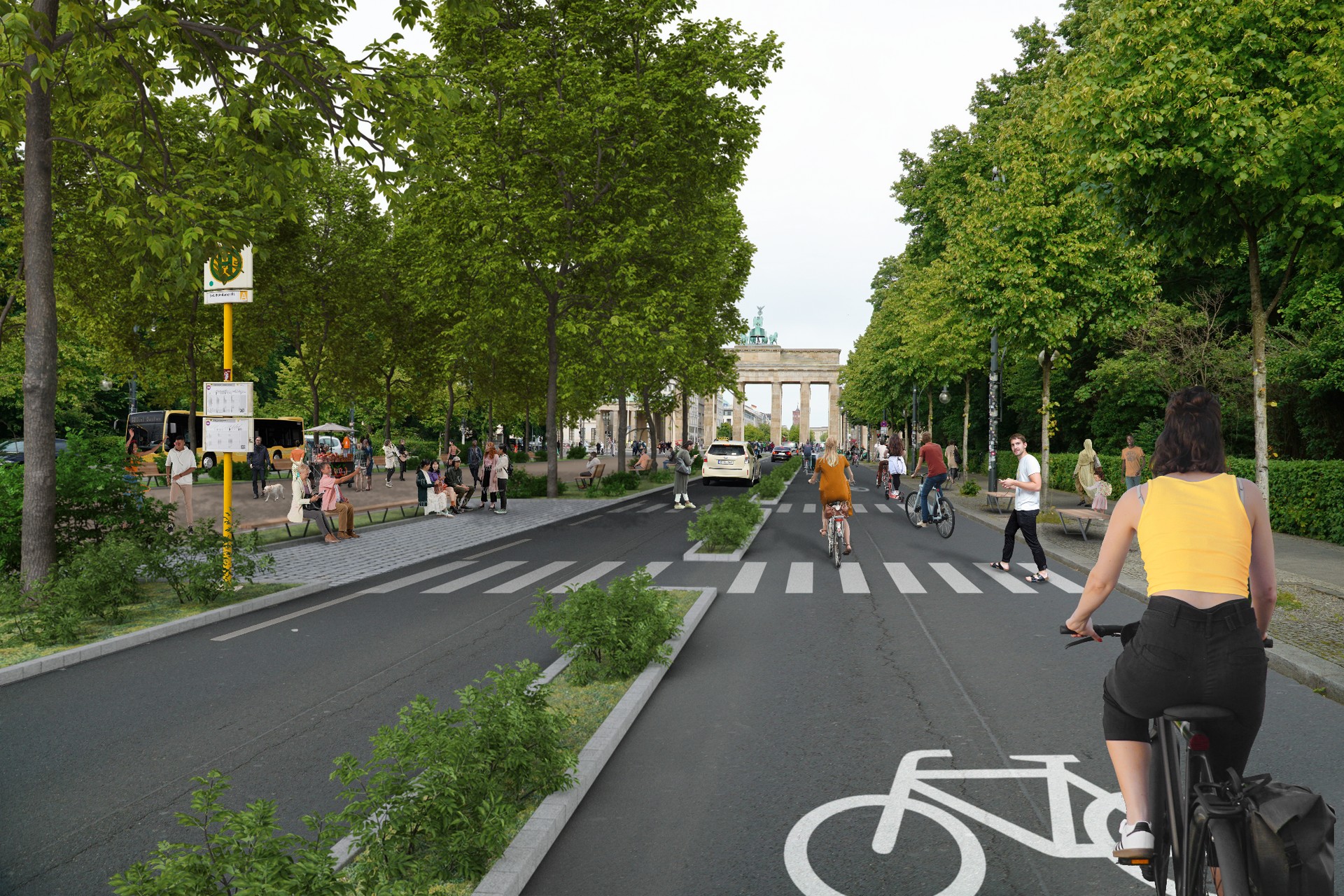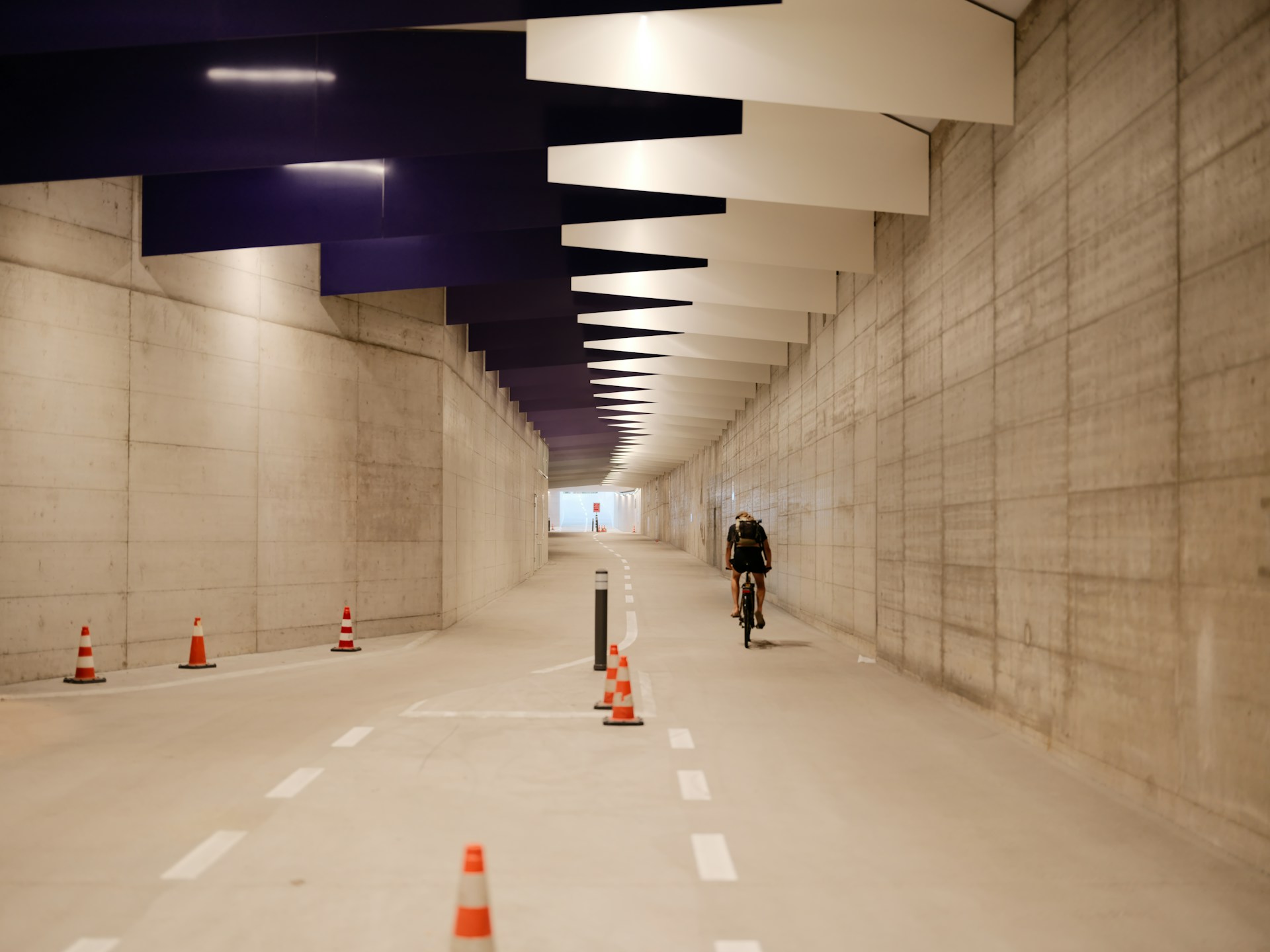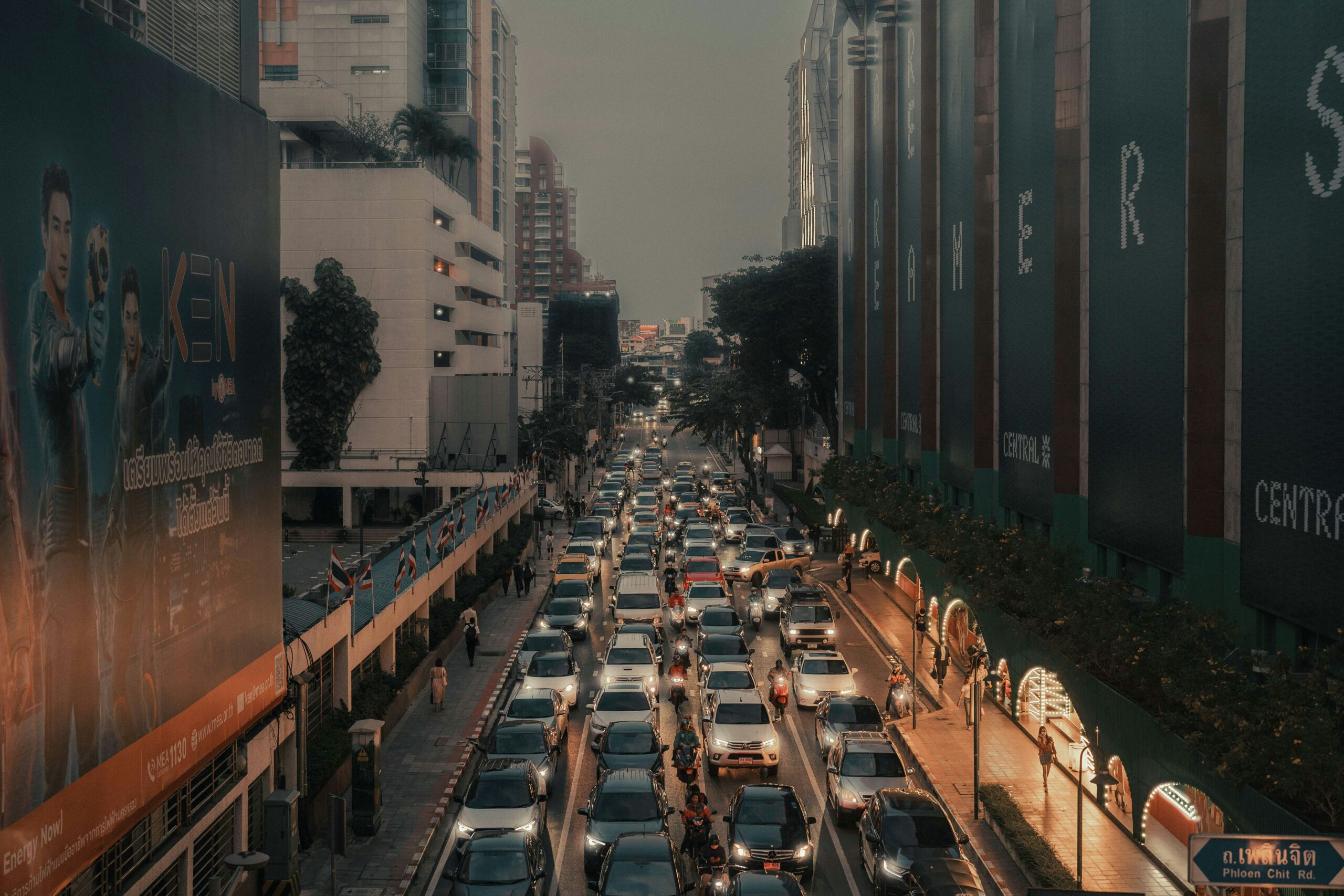Author | Lucía Burbano
In 2019, Elon Musk confidently told investors, “I feel very confident predicting autonomous robotaxis for Tesla next year.” “They won’t be in all jurisdictions, because we won’t have regulatory approval everywhere, but I am confident we will have at least regulatory approval somewhere, literally next year,” he added.
Six years later, the moment has come to see if Cybercab, Tesla’s robotaxi, will soon become a reality or if Musk’s prophetic abilities have missed the mark once again, as they did with the Hyperloop and his projections for human missions to Mars.
Under the banner We, robot, Tesla—Elon Musk’s visionary vehicle brand—envisions a driving future where “autonomy and artificial intelligence become reality” through a fleet of autonomous vehicles and robots. However, Tesla is not the only company with its sights set on this market. In fact, some competitors may already have the edge.
Cybercab, Tesla does it again
Tesla, known for generating significant anticipation, recently unveiled its Cybercab robotaxi. Elon Musk unveiled the Cybercab, a futuristic two-seater vehicle featuring butterfly doors and lacking a steering wheel or pedals, eliminating the possibility of human intervention in case of a system failure. To achieve full autonomy, the Cybercab relies solely on cameras and an artificial intelligence system that interprets signals to make driving decisions.
Another notable innovation of the Cybercab is its use of inductive charging, eliminating the need for traditional plug-in methods. Beyond these details, little else is known in technical and technological terms.
In terms of the business model, Elon Musk announced that Tesla plans to begin producing the Cybercab “before 2027”, targeting a price point of around $30,000. Tesla estimates that operating the Cybercab will cost approximately $0.20 per kilometer. The company envisions an Airbnb-like model, allowing owners to make their vehicles available to others when not in use, thereby offsetting their investment. This approach would also expand the fleet available for the service.
Waymo, Cruise, Zoox and Baidu: the pioneering quartet of robotaxis
While less high-profile, these alternatives deserve equal attention. In fact, Waymo, a robotaxi manufacturer under Alphabet, is already operating on the streets of San Francisco, while Cruise (General Motors) provided service for 16 months until its license was revoked following multiple incidents. This has reignited the debate around the current state of autonomous driving technology.
Similarly, Zoox, an Amazon subsidiary, began testing its autonomous robotaxi in Las Vegas in 2019. A fourth player, outside the U.S., is the Apollo RT6 by the Chinese firm Baidu.
Here are the characteristics and market expansions of the most advanced robotaxi firms:
Waymo

The brand by Google parent Alphabet, appears to be leading the race, currently providing 100,000 weekly rides across San Francisco, Los Angeles, Austin, and Phoenix, where it is fully operational.
California has proven to be the place where Waymo has encountered the fewest obstacles in developing its technology and deploying driverless vehicles on public roads.
Waymo’s technology differs from Tesla’s, as it combines cameras with LiDAR—a laser system that measures distances and creates three-dimensional maps of the surroundings—along with radar and additional sensors. These components work together, integrating real-time video images with data collected by the vehicle.
Cruise

Built on the Chevrolet Bolt platform, the story of Cruise’s robotaxi journey is filled with both highs and lows. Following several incidents involving its autonomous vehicles, Cruise has resumed testing to enhance its self-driving systems and technologies. Currently, these tests are conducted with human safety drivers present in the vehicles.
Its aim is to gather navigation data and develop detailed virtual maps that will later allow the vehicles to operate fully autonomously. Cruise’s technology enables its vehicles to communicate with the tires and other control systems, directing them on how to follow the chosen route and adapt to any unexpected changes along the way.
Zoox

Zoox, based in Las Vegas, plans to launch its robotaxi service in 2025. The test vehicle is based on the Toyota Highlander, as part of a collaboration between the two companies to share information and technology in the initial phase. This partnership paves the way for Zoox’s custom-designed vehicle, featuring a distinctive and unique appearance (see photo).
Amazon’s robotaxis will feature four seats and four-wheel drive capability. Its most striking feature is its ability to move in both directions, “crab-style,” and an advanced onboard system with sensors that combine LiDAR, radar, thermal imaging, and cameras.
Baidu Apollo RT6
Baidu, in partnership with JMC, has accelerated China’s entry into the robotaxi race. Their Apollo ADFM system stands out as the only solution leveraging advanced AI technology, refined through data gathered over 100 million kilometers of driving. The Apollo RT6 is equipped with five LiDAR units and 40 sensors spanning seven distinct categories, enabling a maximum detection range of up to 440 meters.
The goal is to have 1,000 of these robotaxis operating in the streets of Wuhan by the end of 2024.
eVTOL vehicles fail to take off

Another emerging category under development is electric vertical take-off and landing (eVTOL) vehicles. Physically resembling drones, these vehicles have the unique capability to take off like helicopters, fly like airplanes, and land vertically like helicopters.
These electric vehicles must overcome several challenges to become viable in the near future. One key obstacle is battery life; while the performance of lithium-ion batteries is well understood in electric vehicles, their reliability and efficiency in the aviation sector remain uncertain.
Some of the most notable projects are:
- Joby Aviation. Supported by Toyota, Joby has conducted over 1,500 flights, covering 53,000 kilometers in testing. The company is actively collaborating with the U.S. Federal Aviation Administration (FAA) to secure the necessary certifications for commercial operations.
- S-A2 de Hyundai. This eVTOL achieves a cruising speed of 190 km/h at an altitude of 450 meters, suitable for urban operations. It is designed to be exceptionally quiet, emitting 65 dB during takeoff and landing, and 45 dB during horizontal flight.
Legislation and safety concerns for the deployment of autonomous vehicles
Many countries have encountered regulatory challenges surrounding autonomous vehicles, even in regions where testing is permitted. Cruise lost its license in several U.S. cities following various accidents, and Tesla has faced investigations due to incidents involving its Autopilot system. In the U.S., each state is responsible for authorizing the use of these vehicles on its roads, leading to significant differences in implementation criteria.
In December 2023, China implemented regulations governing the commercial operation of autonomous vehicles. Subsequently, Baidu received permits to offer fully driverless robotaxi services in Chongqing and Wuhan. The company began deploying five vehicles in each city, operating within designated areas and during specific hours.






